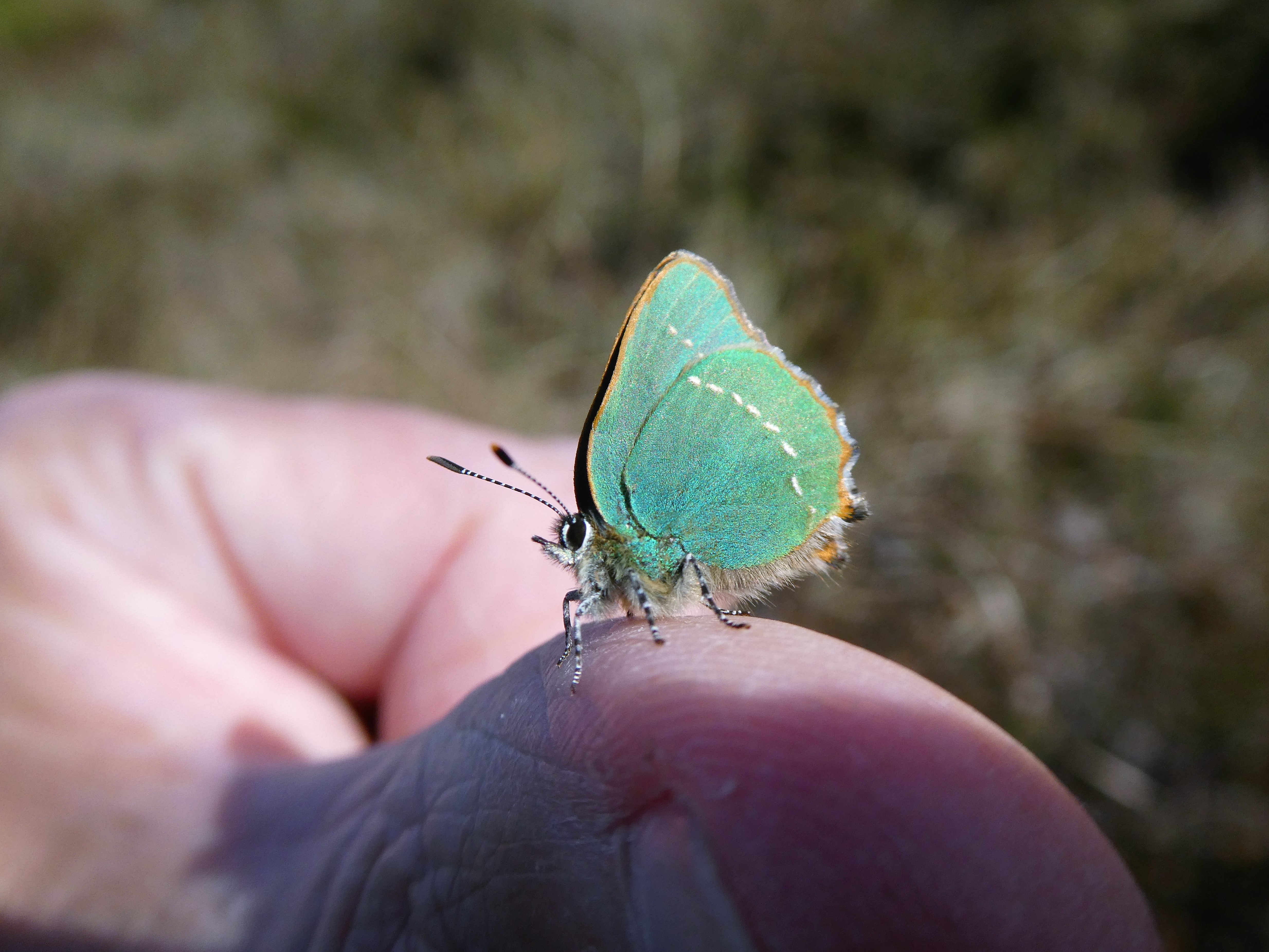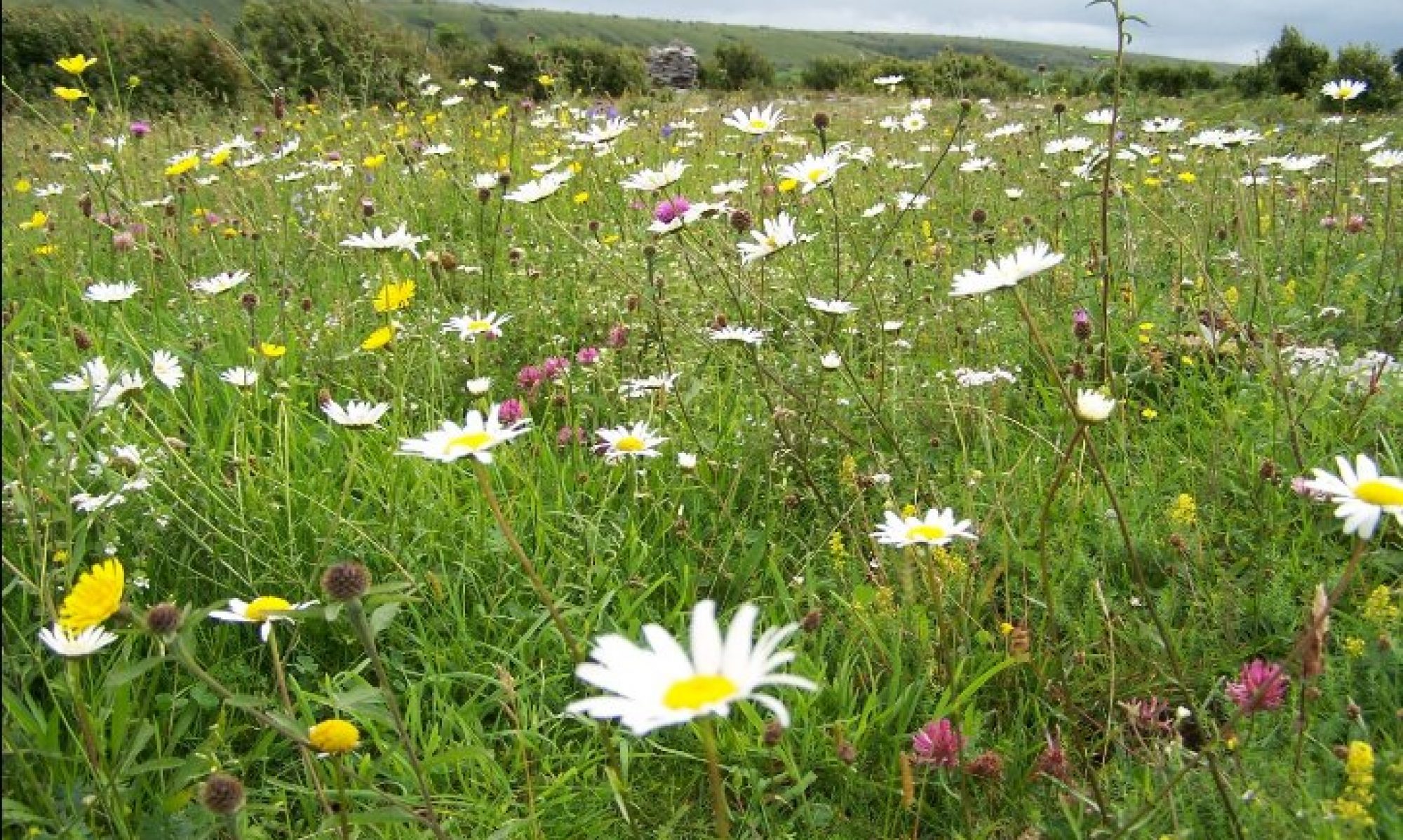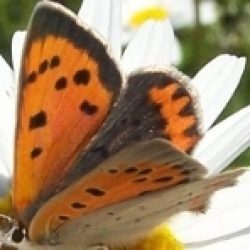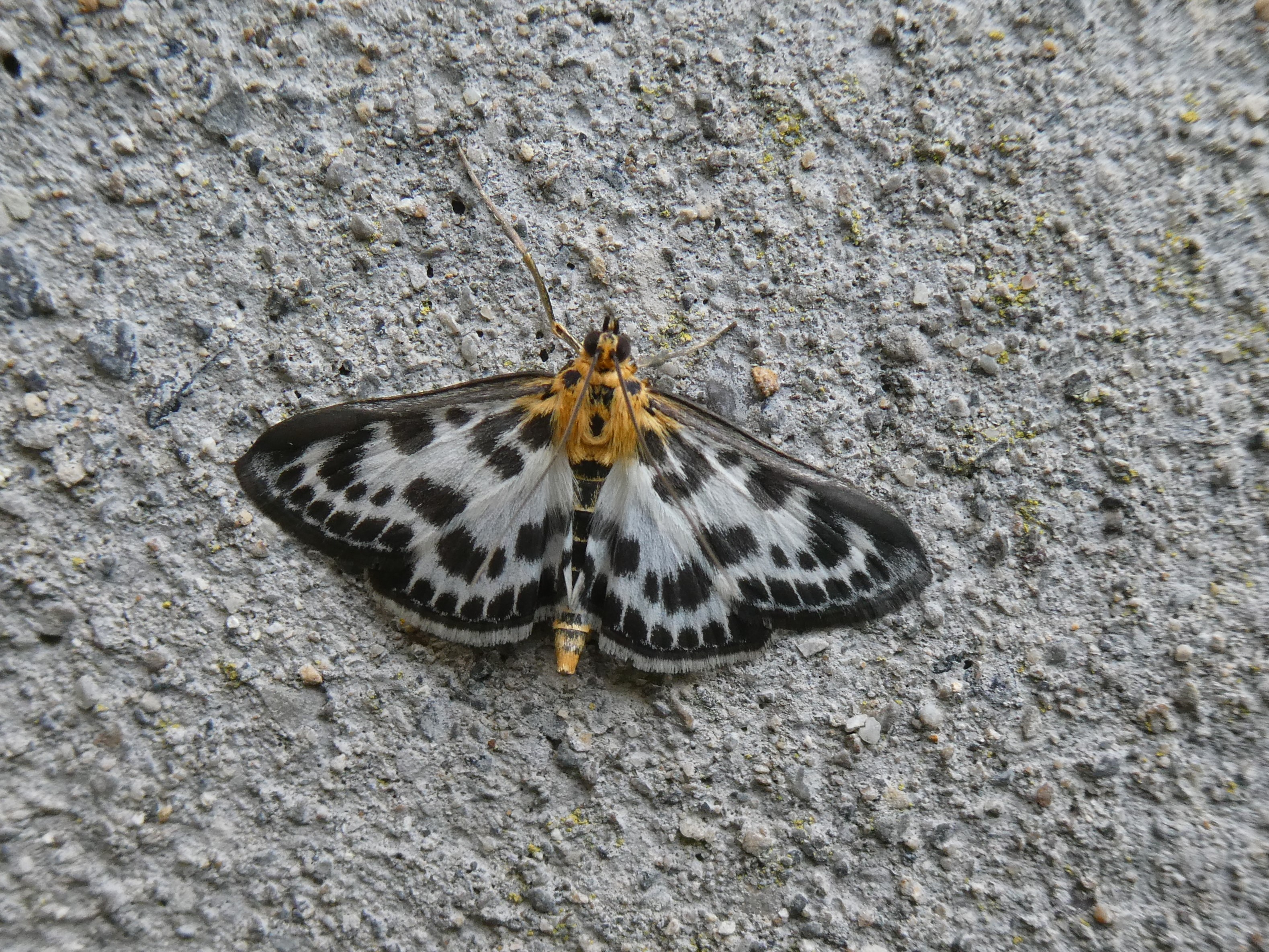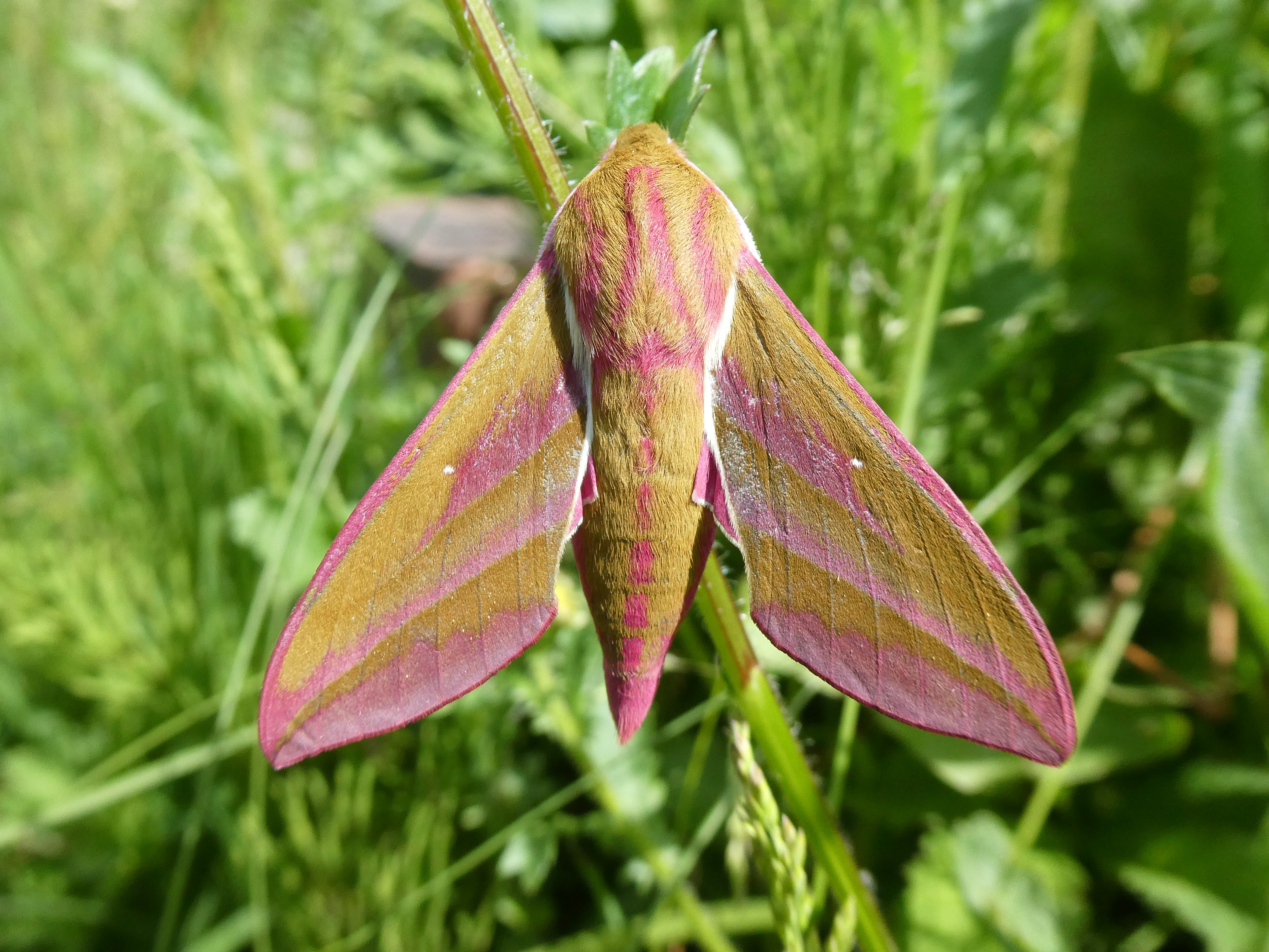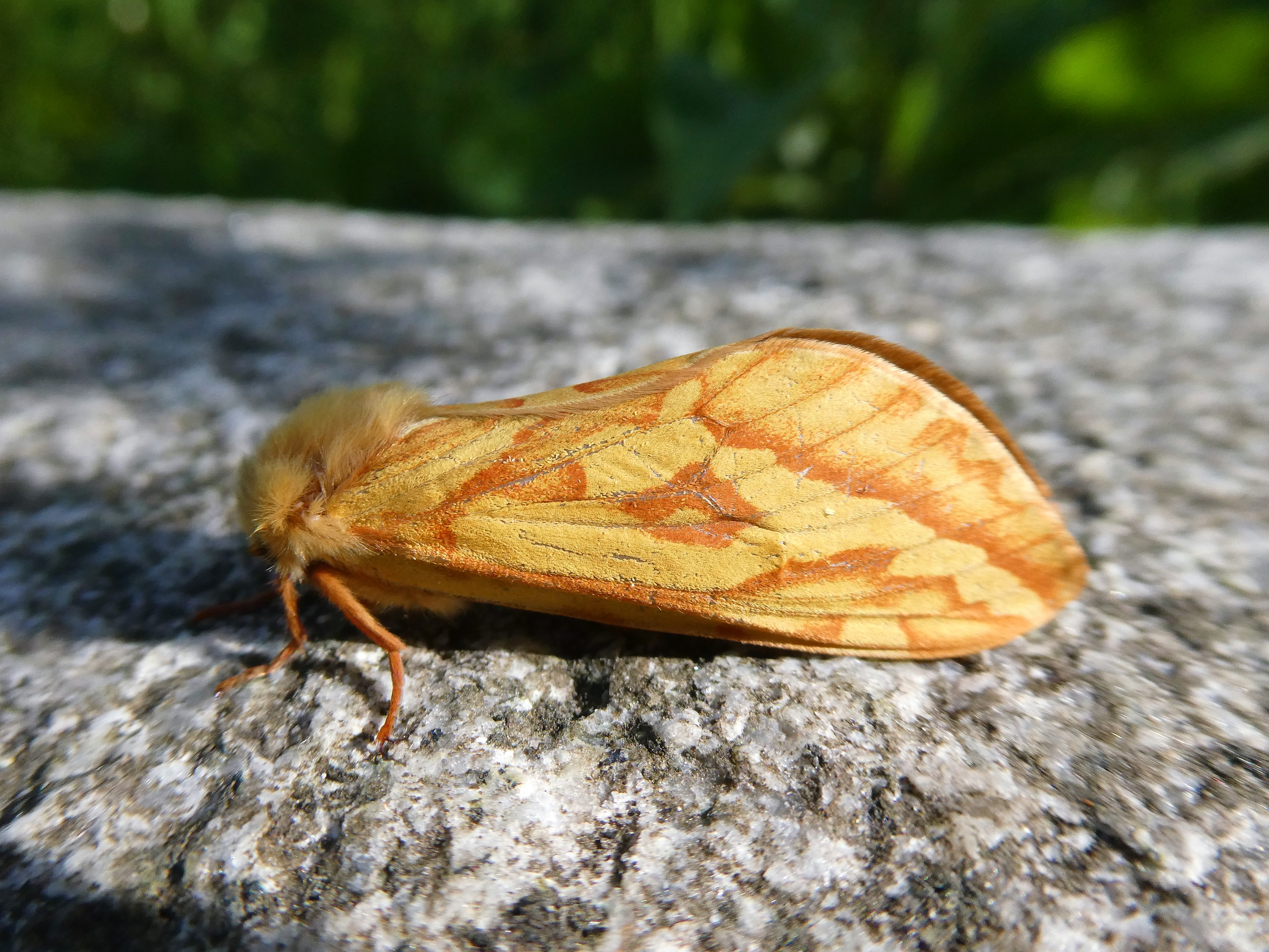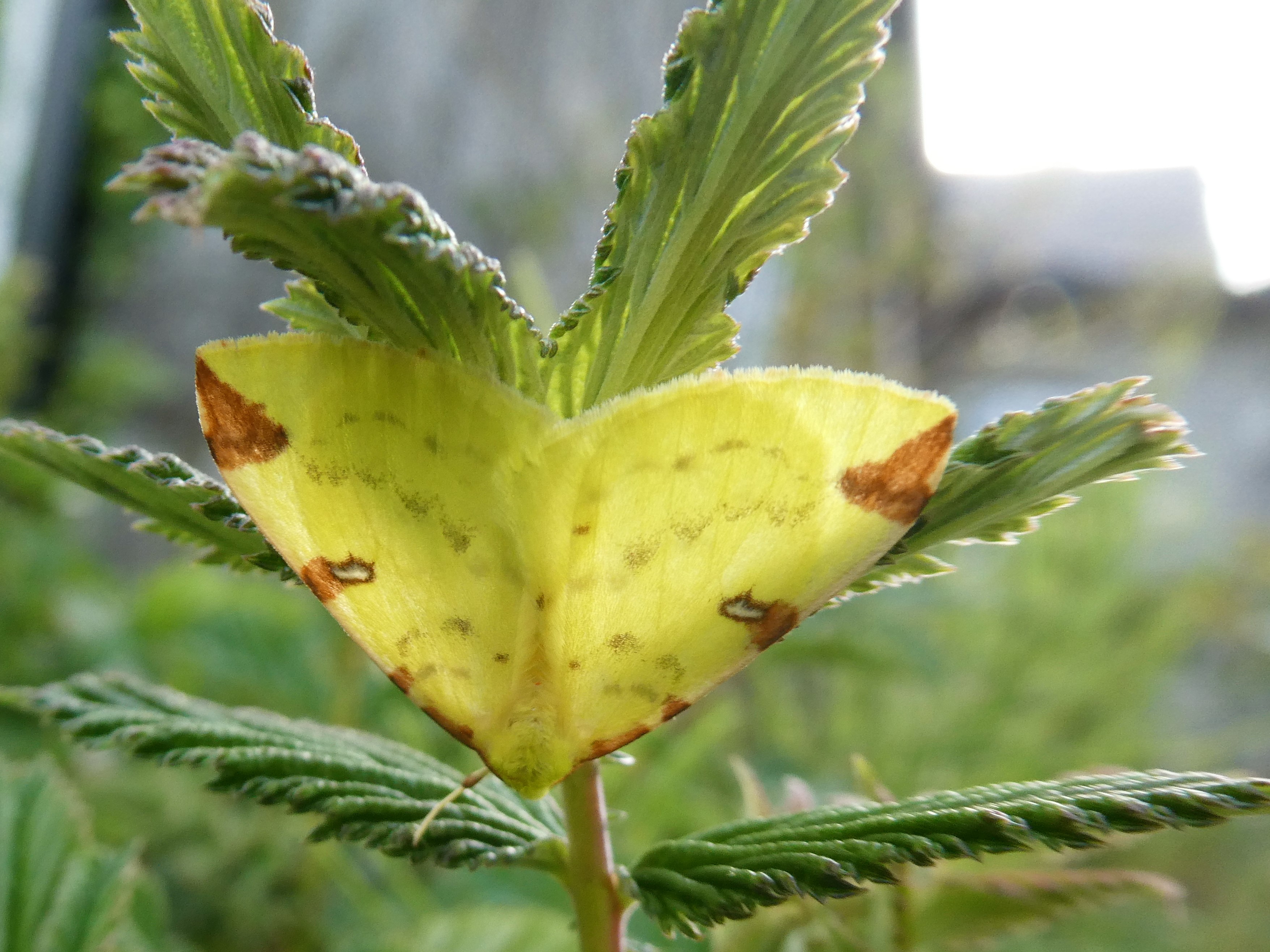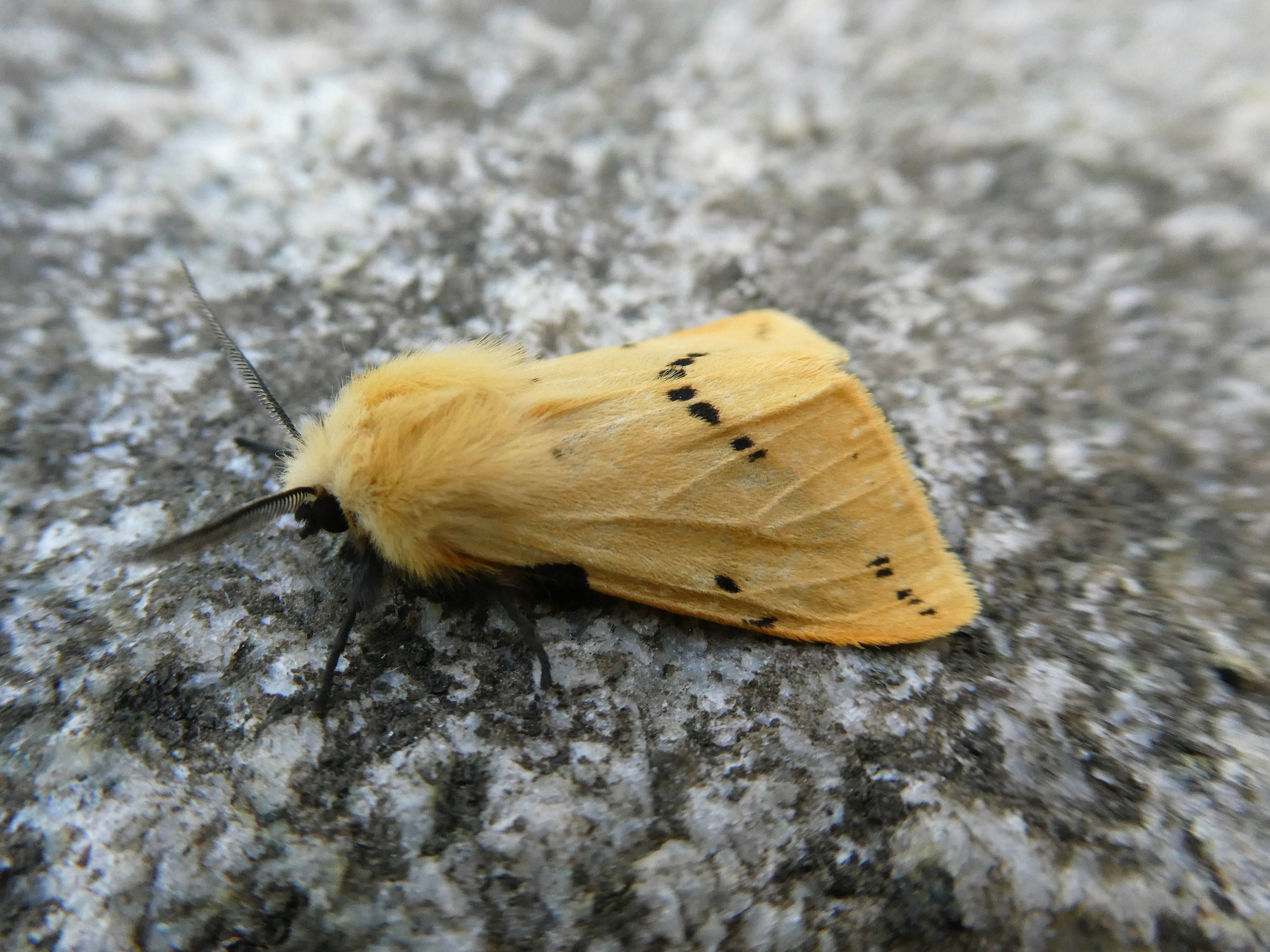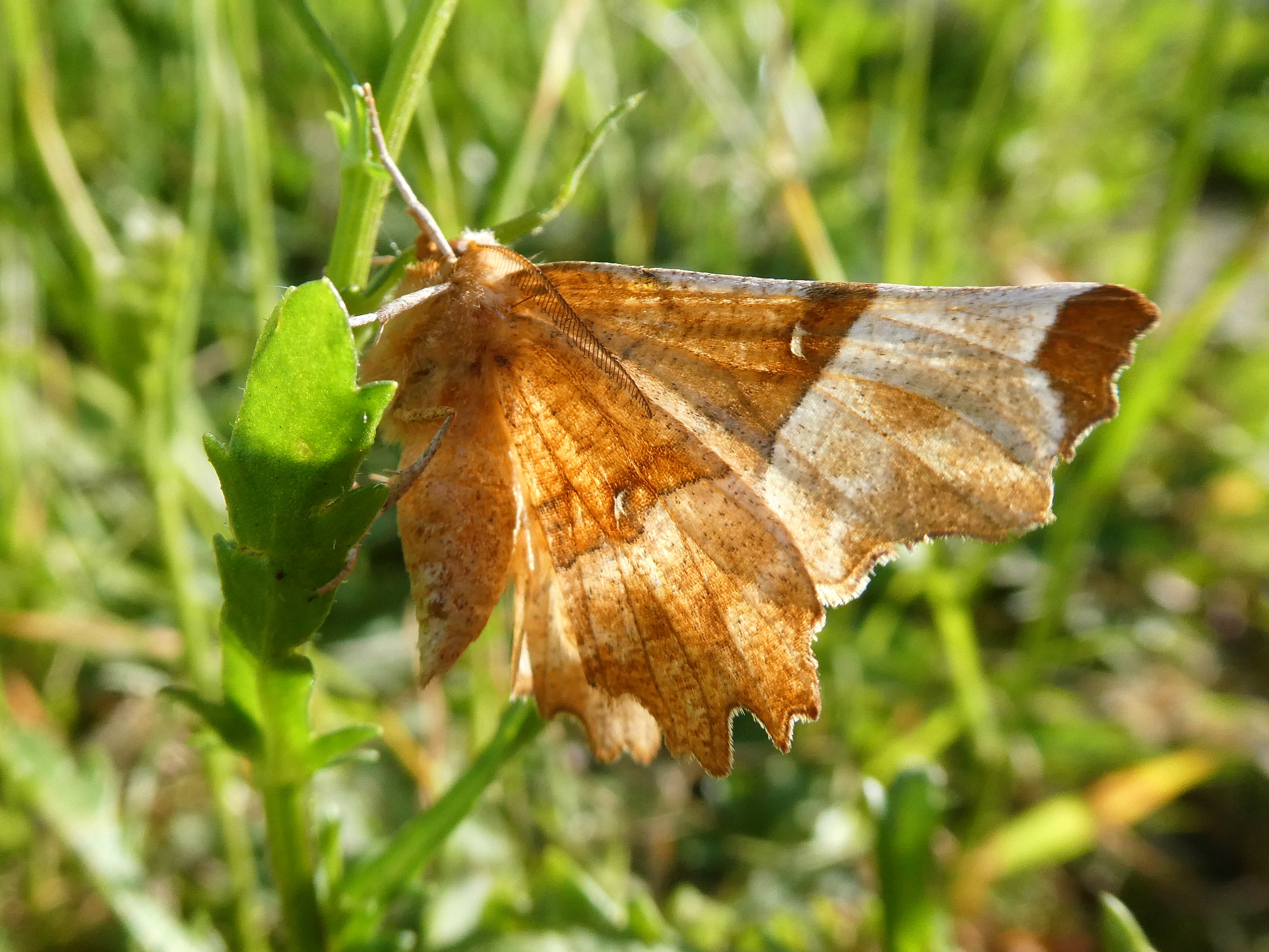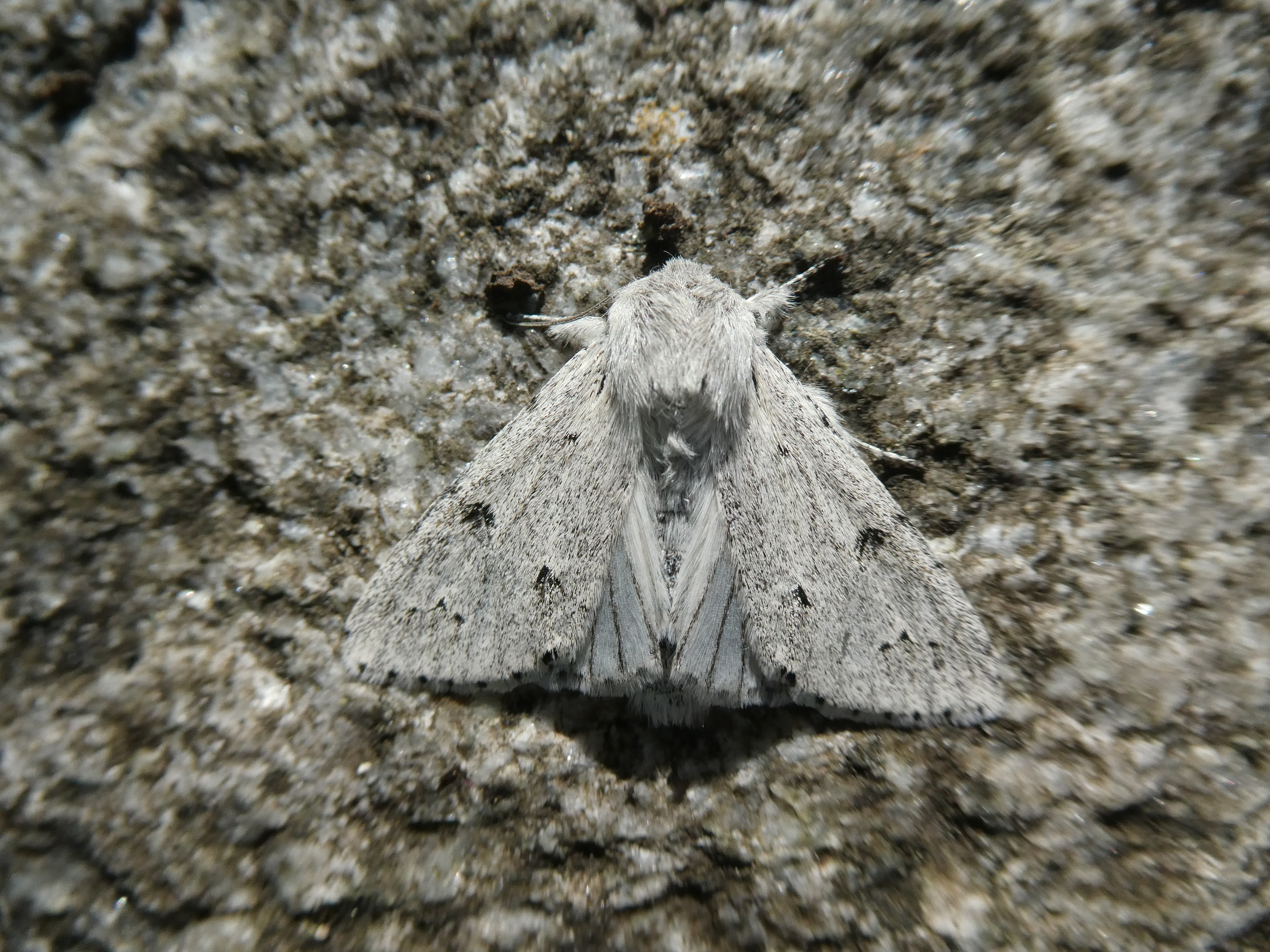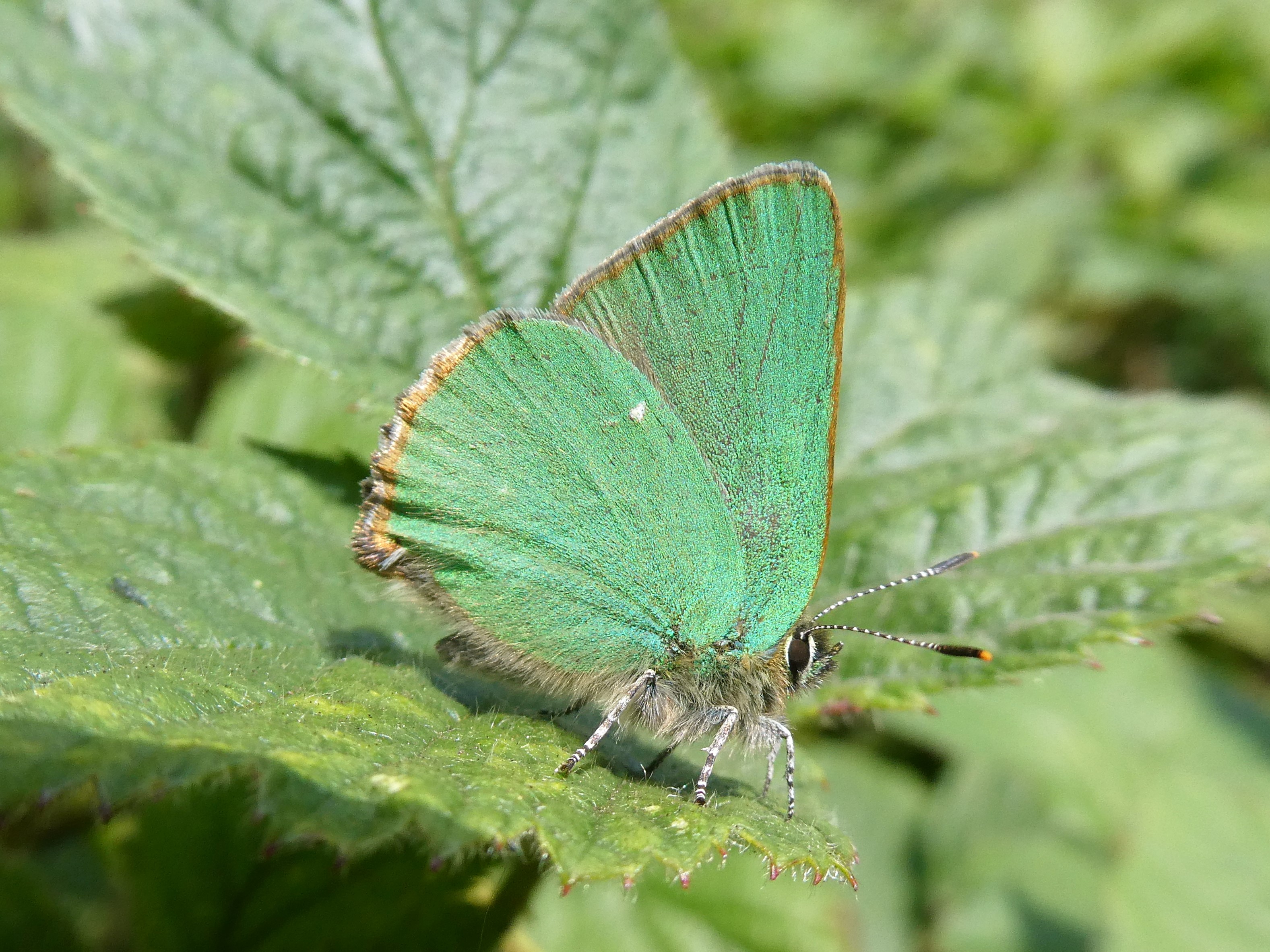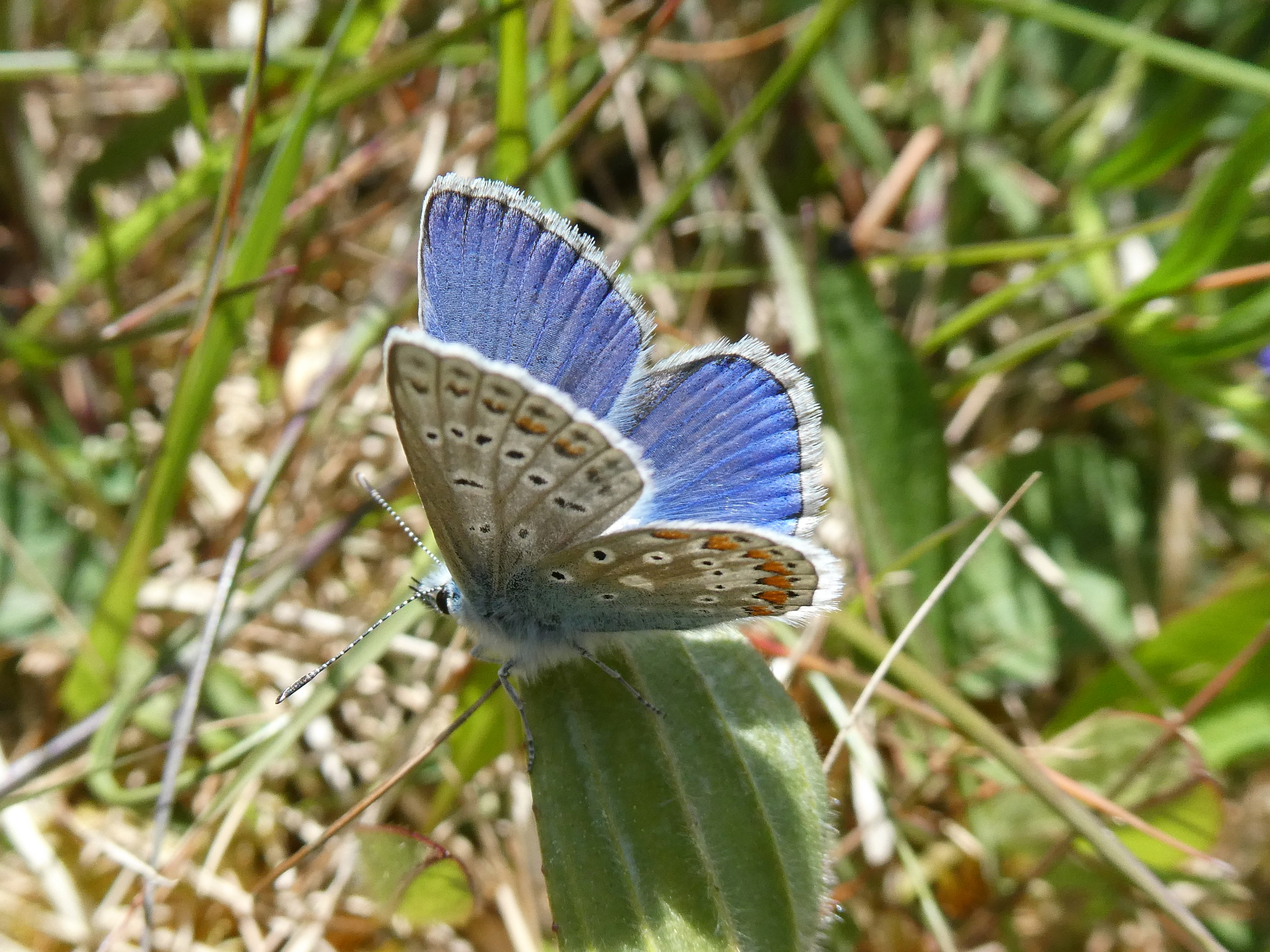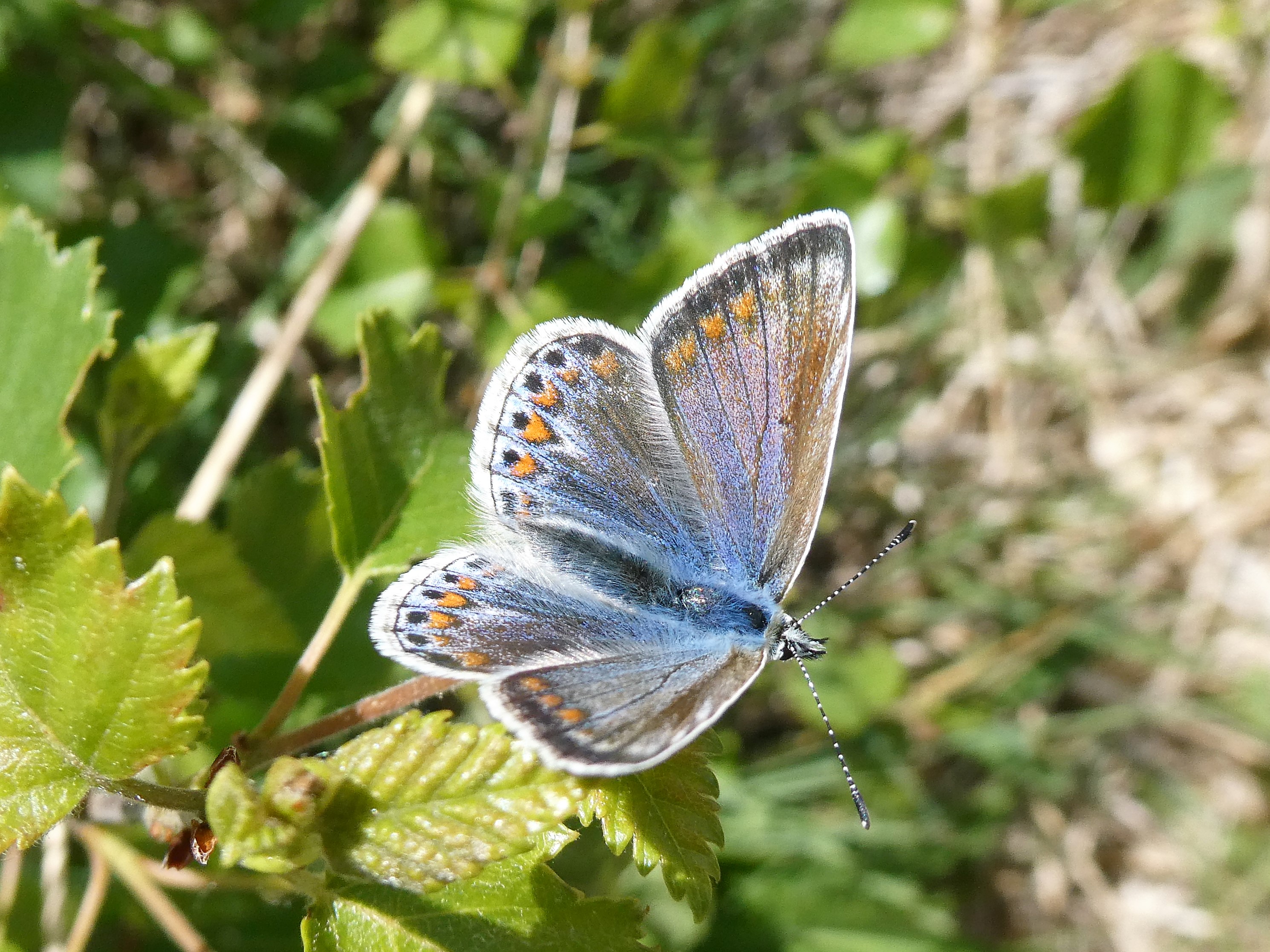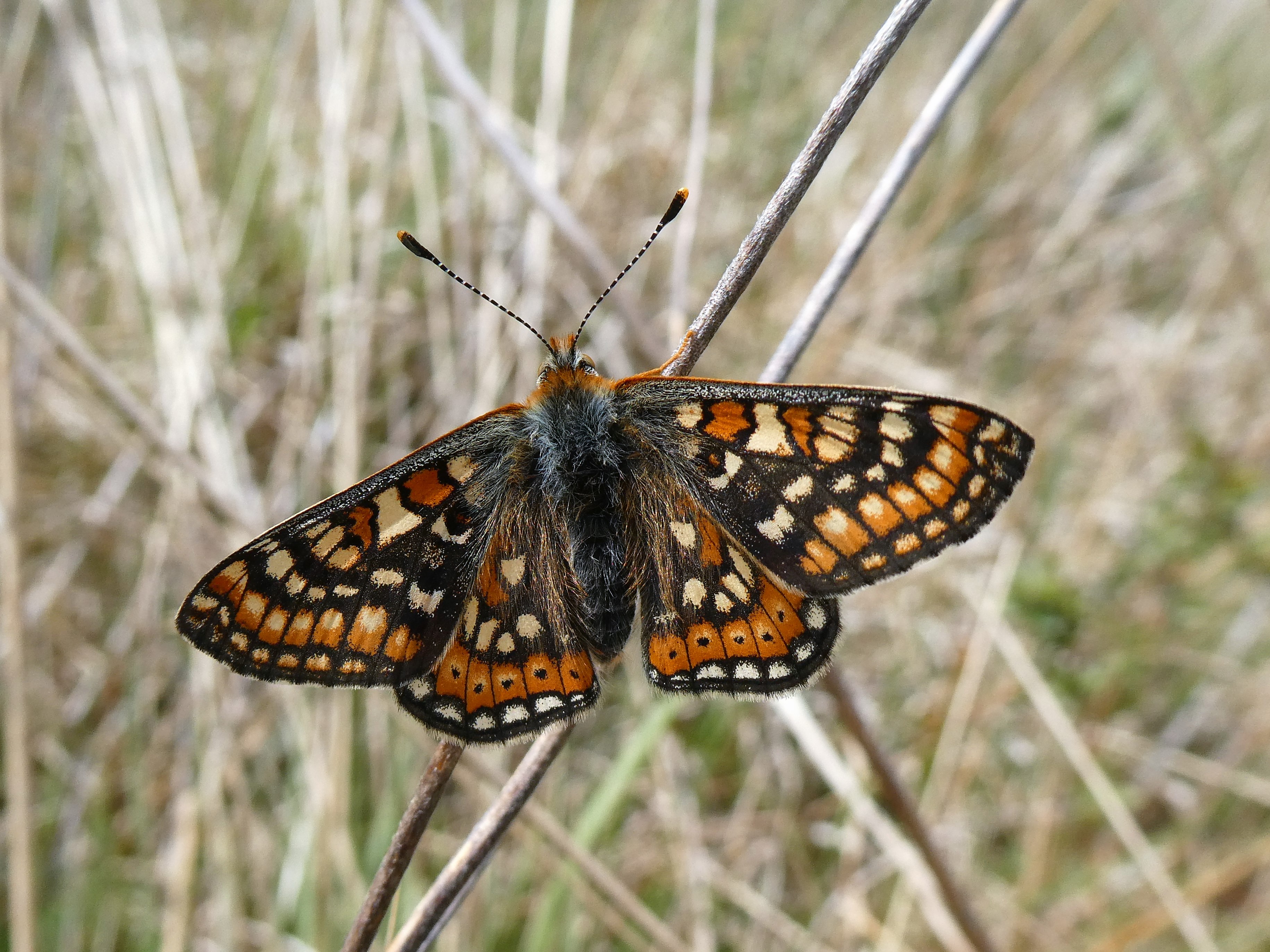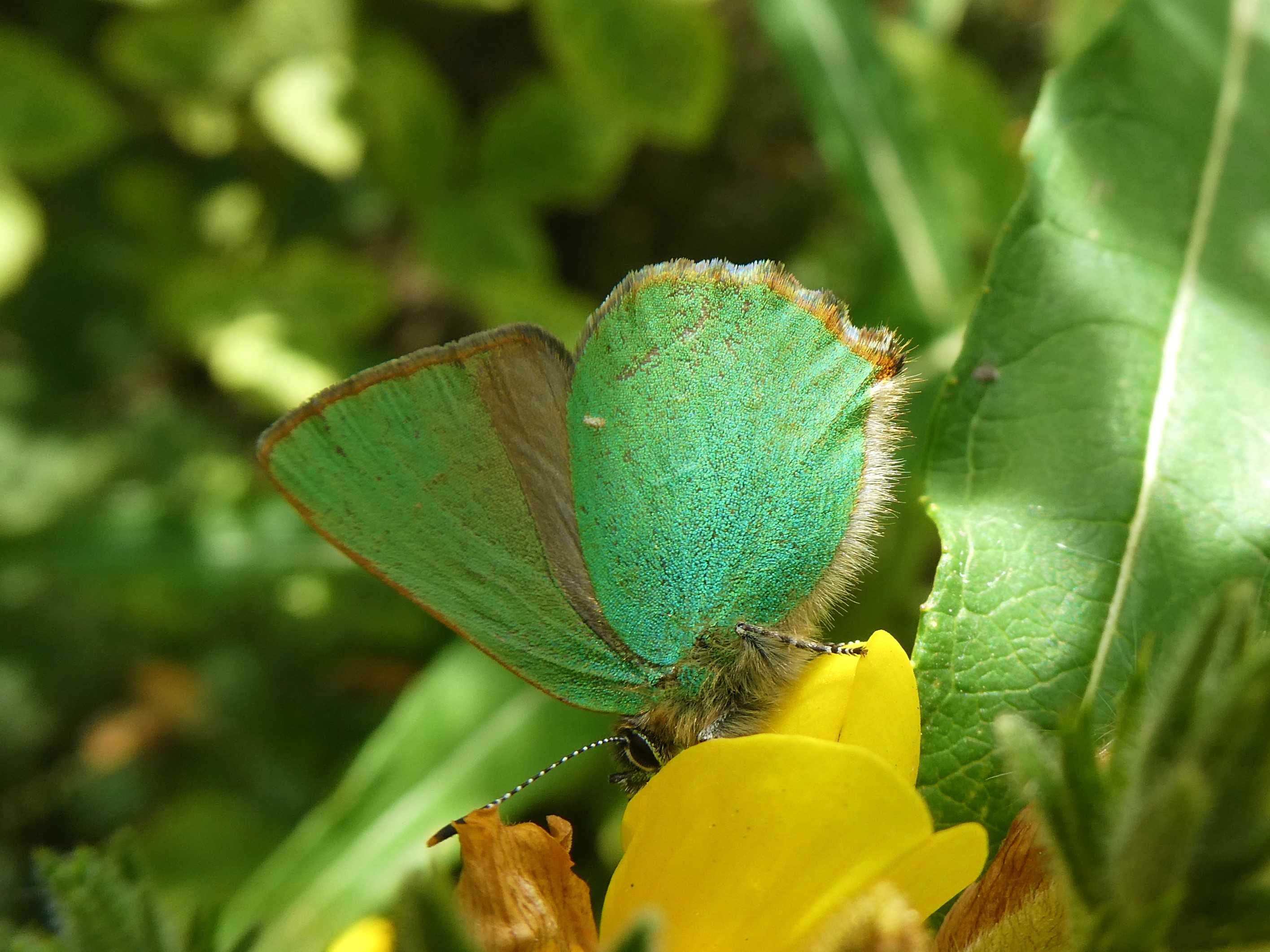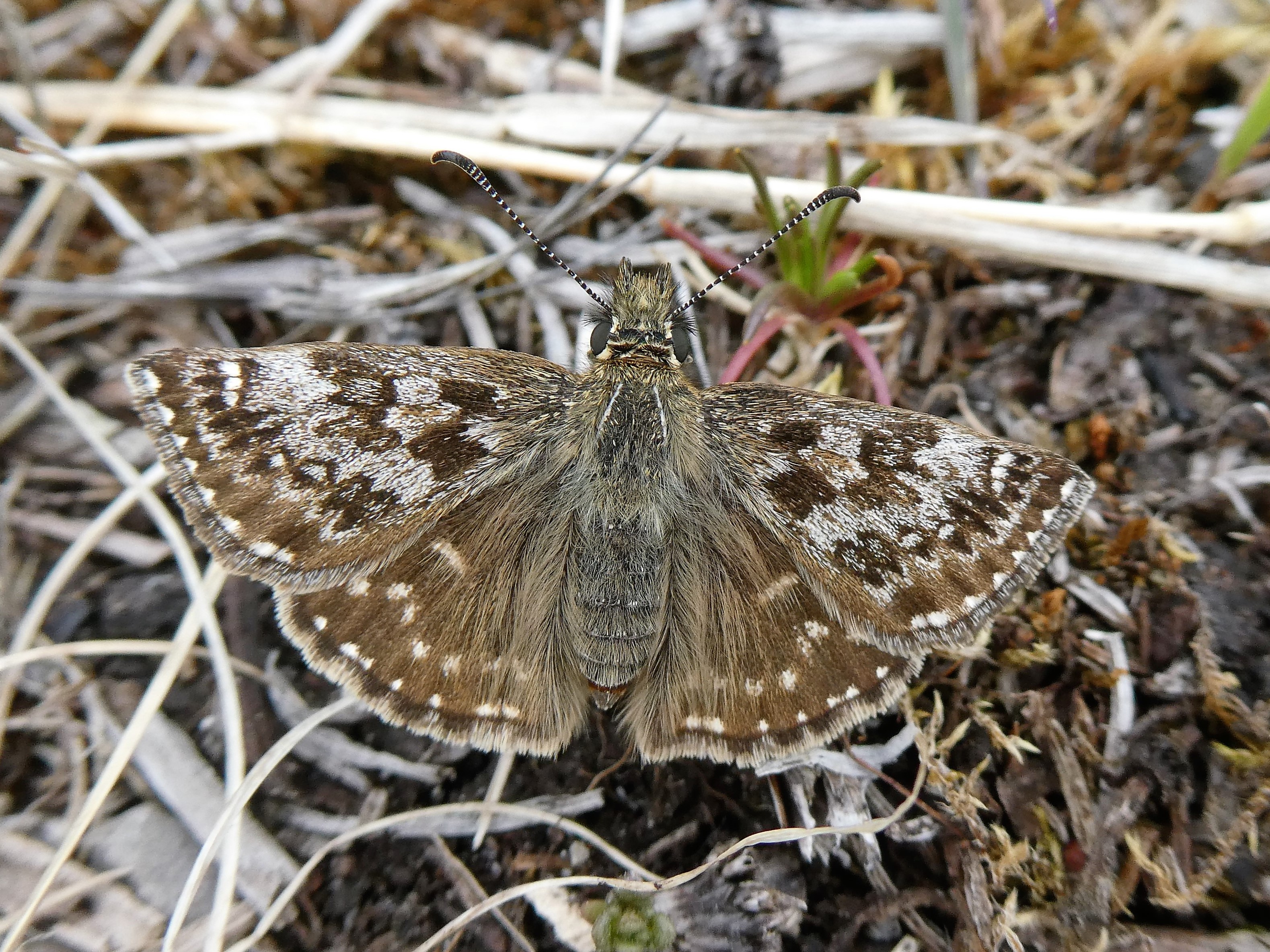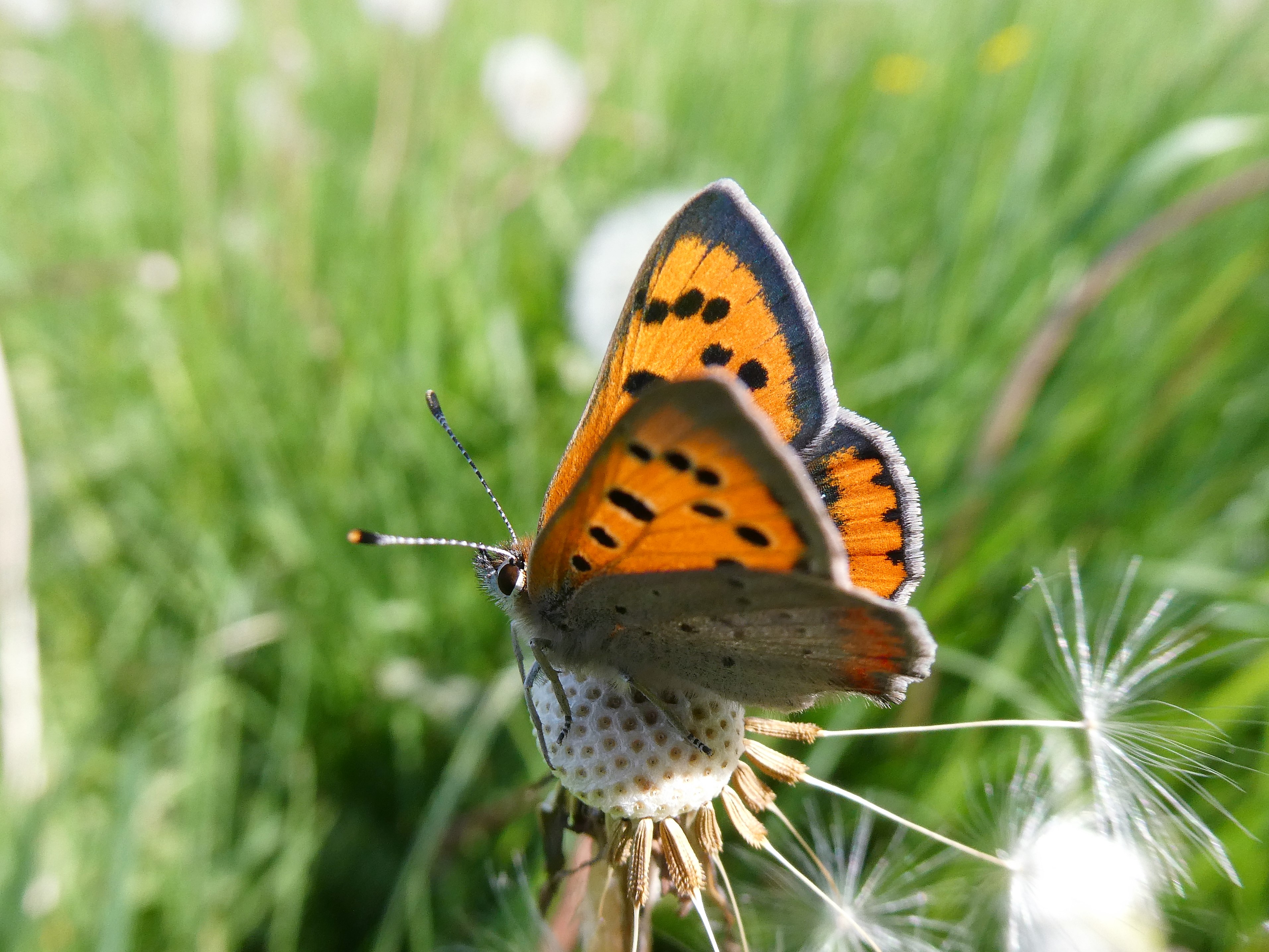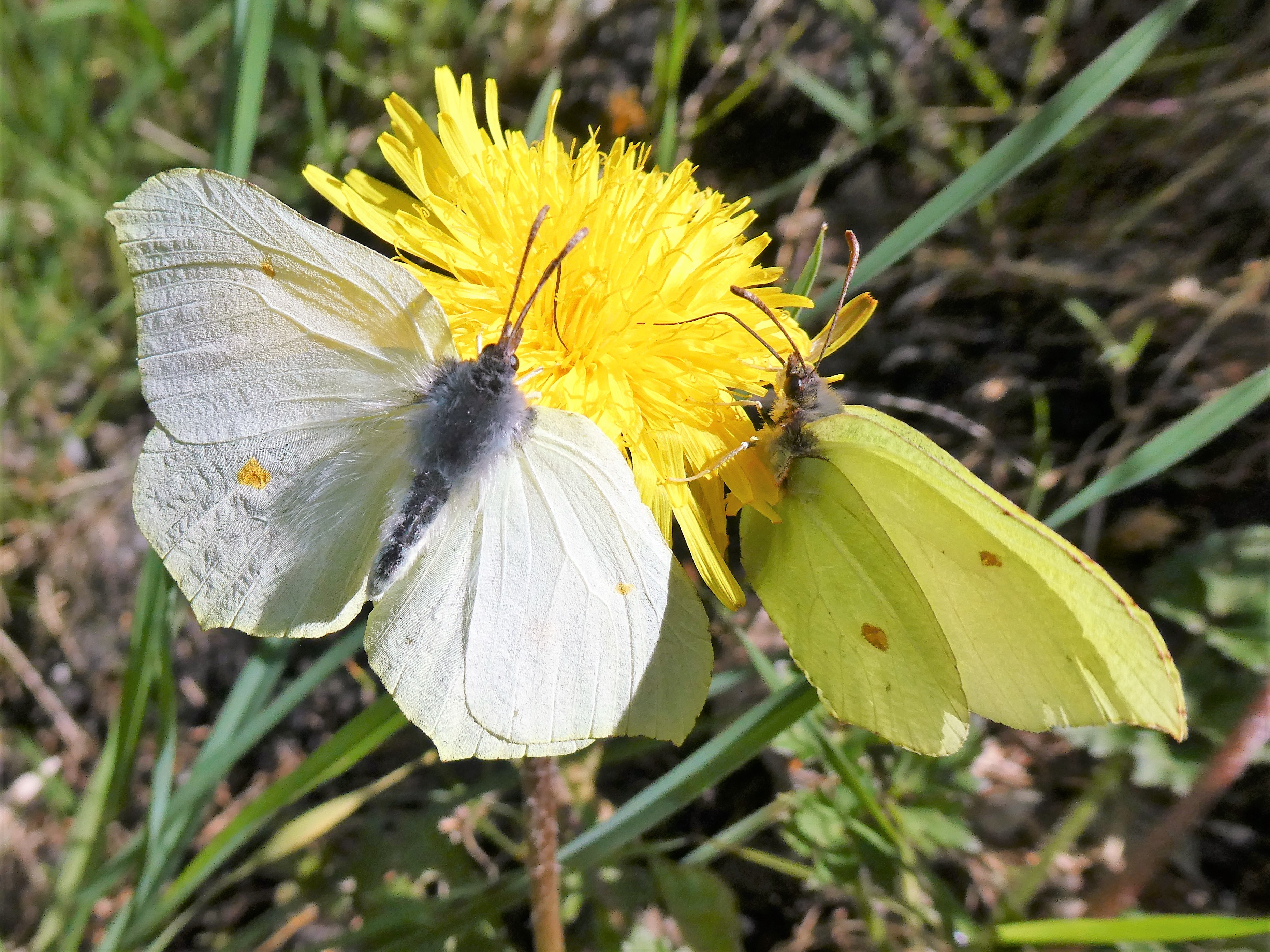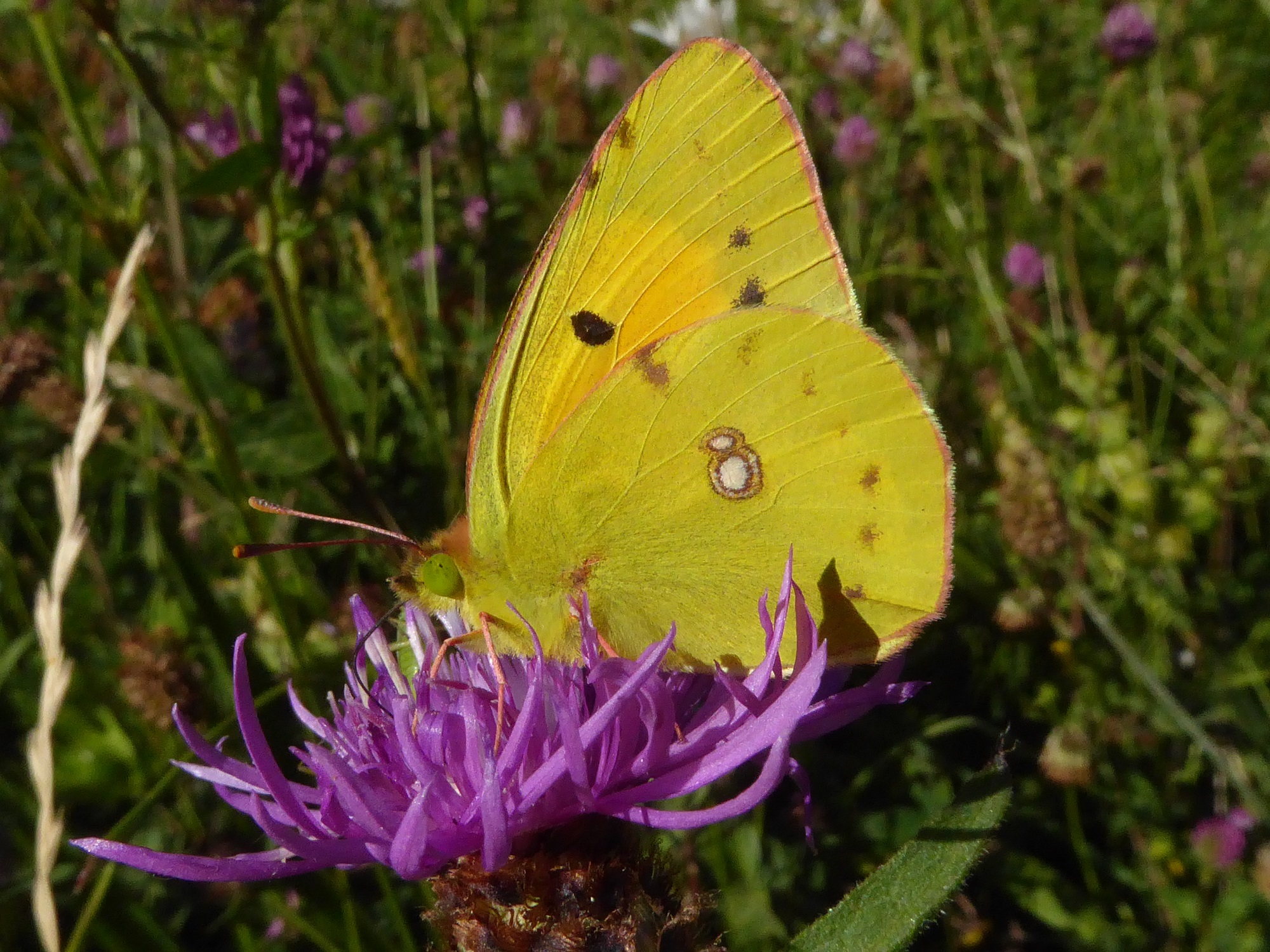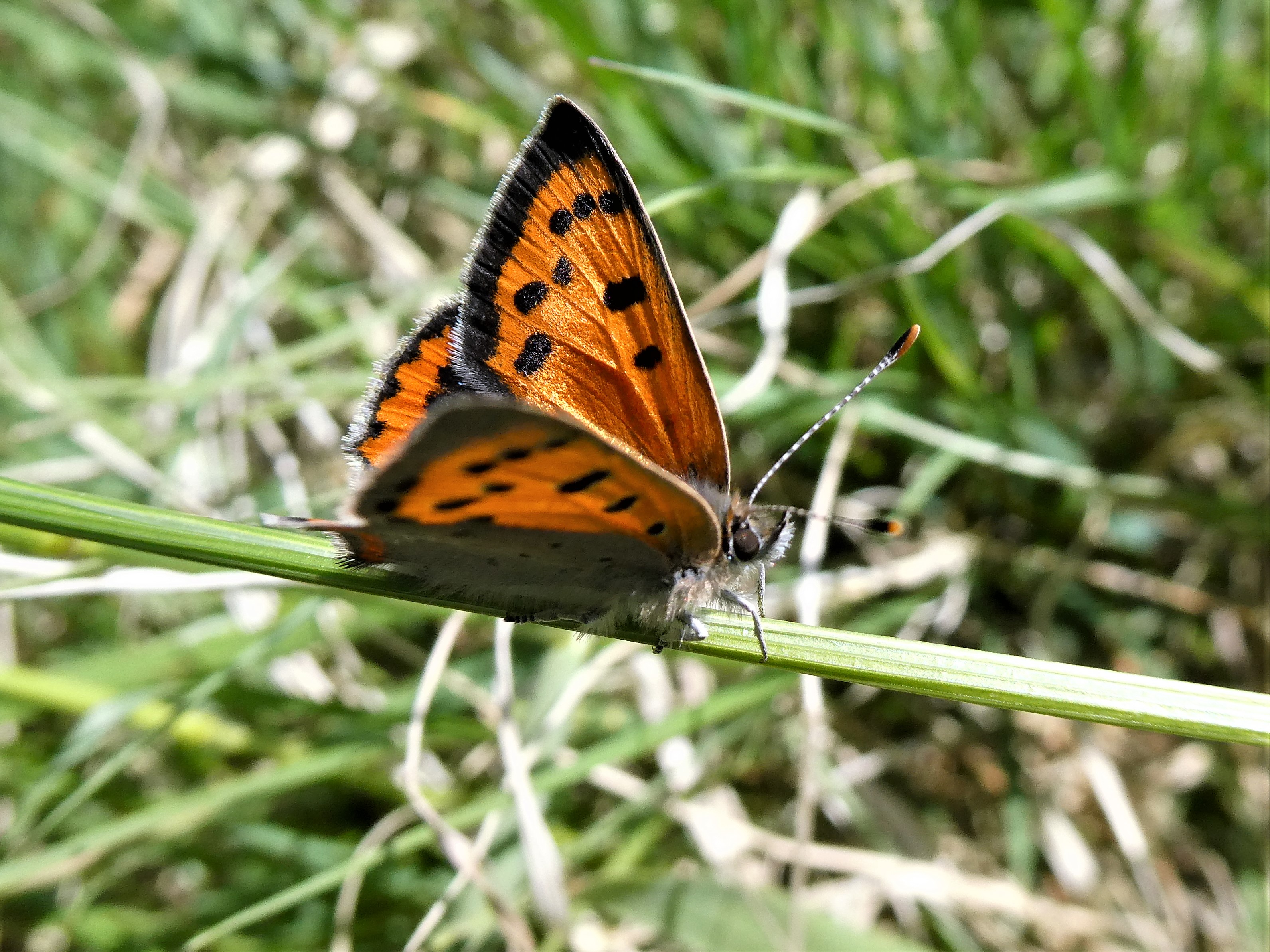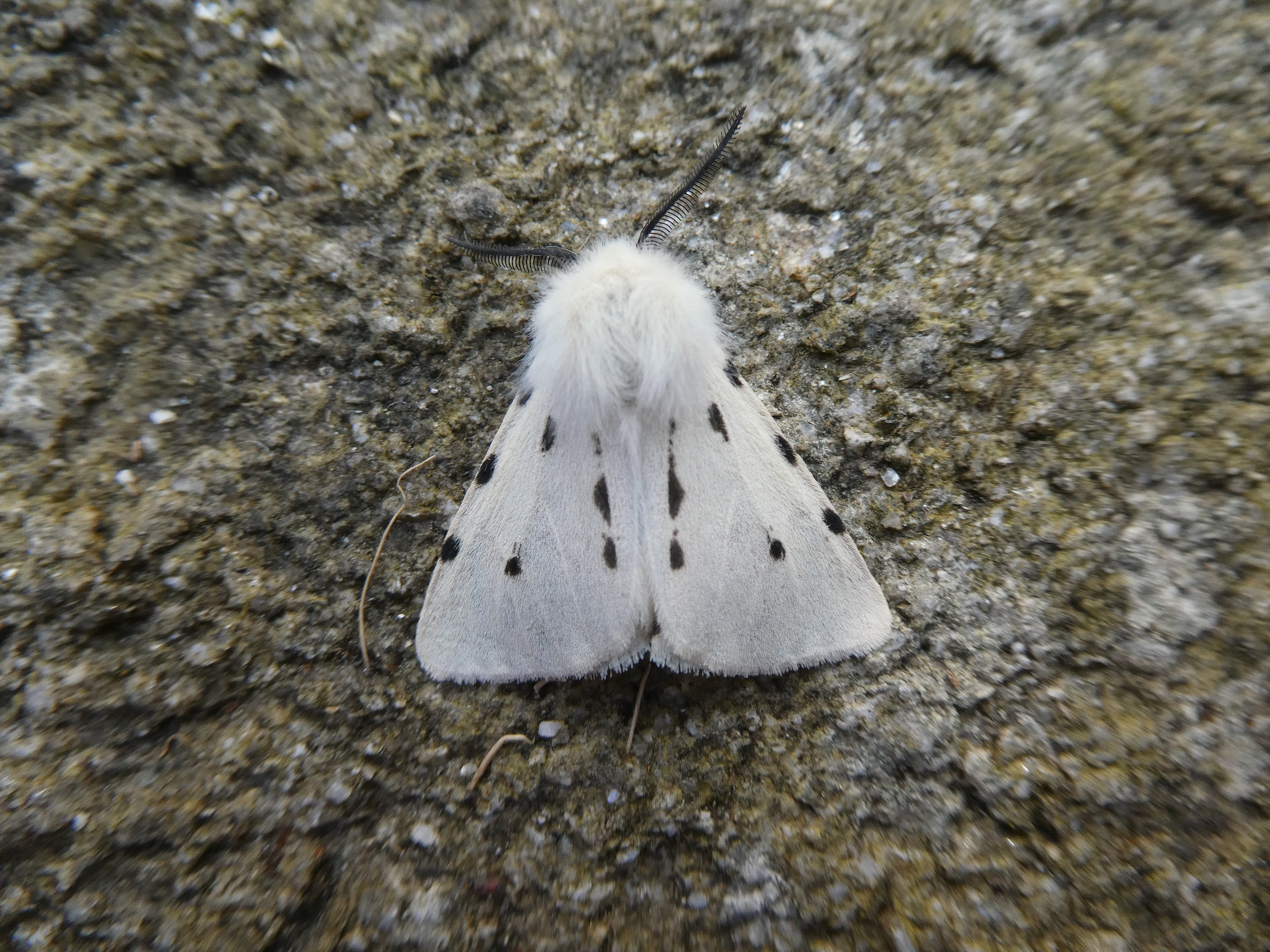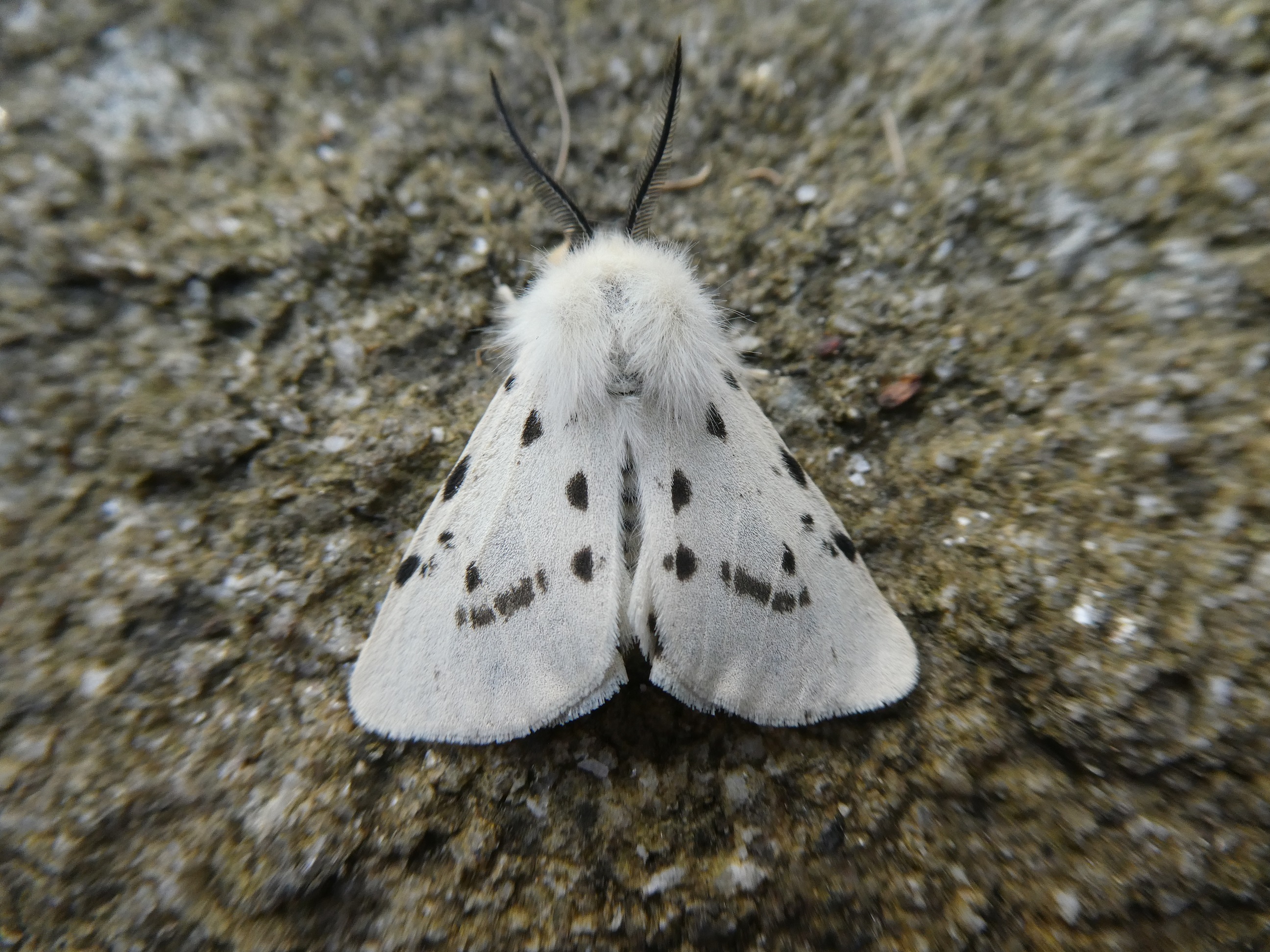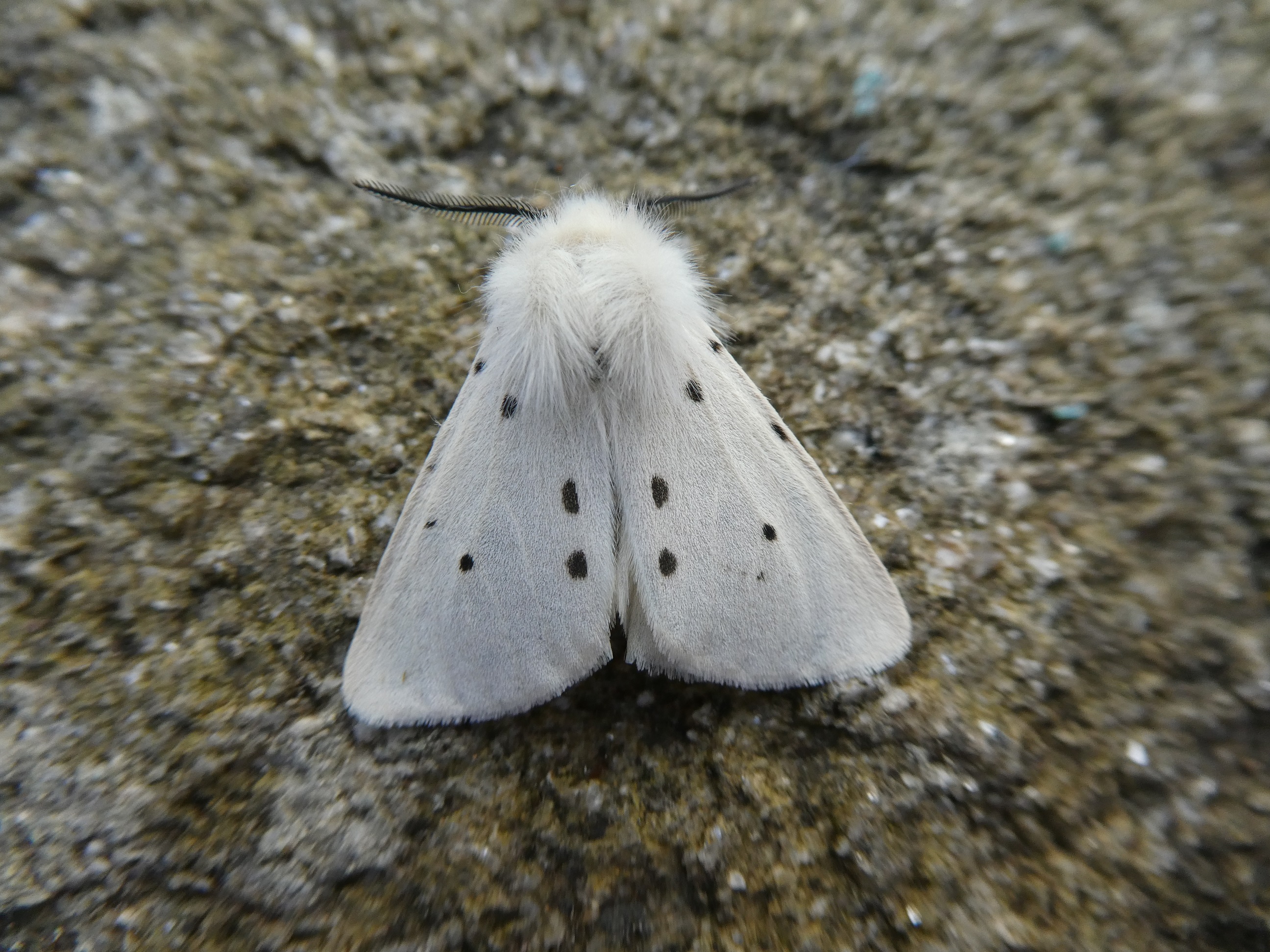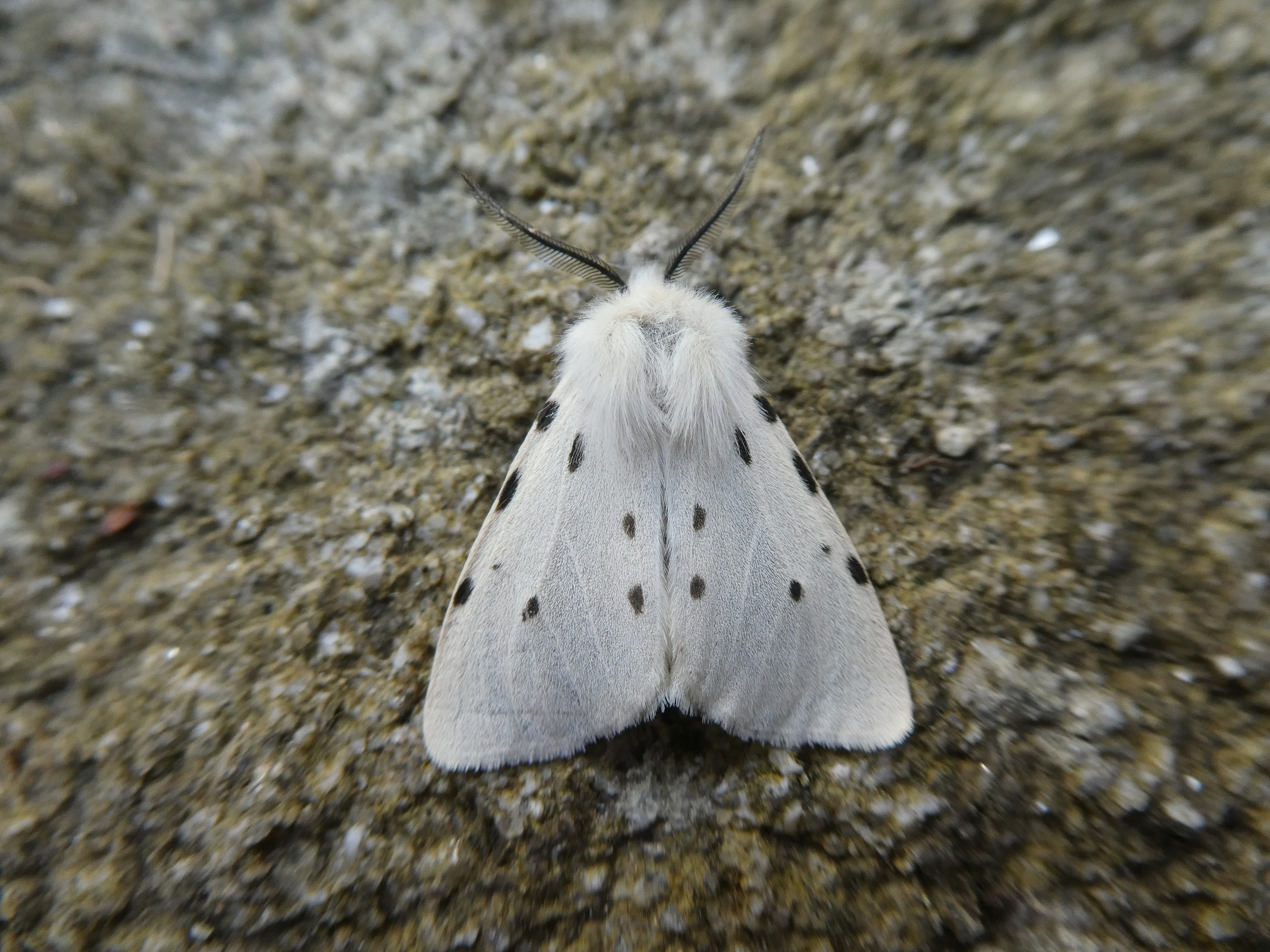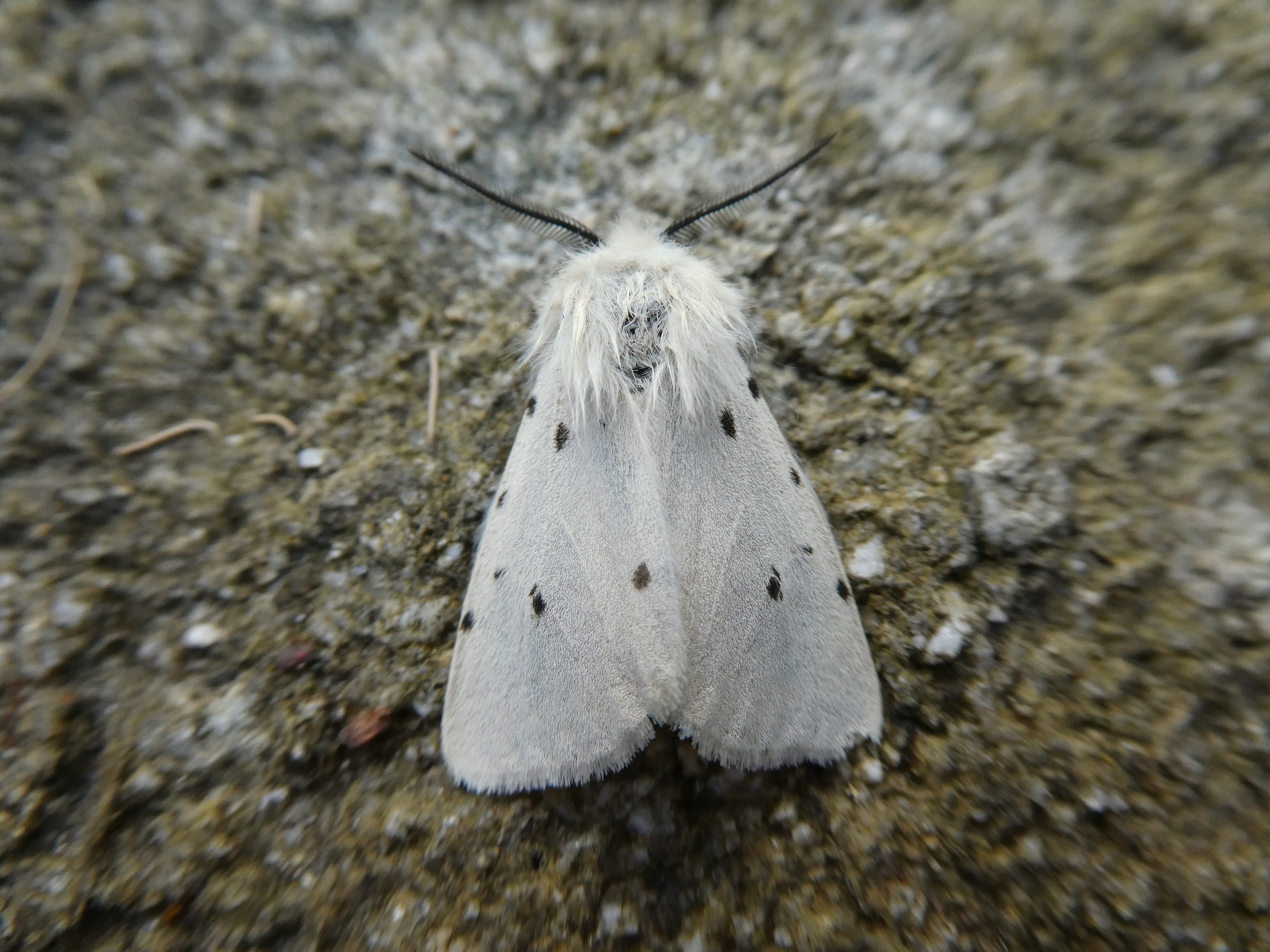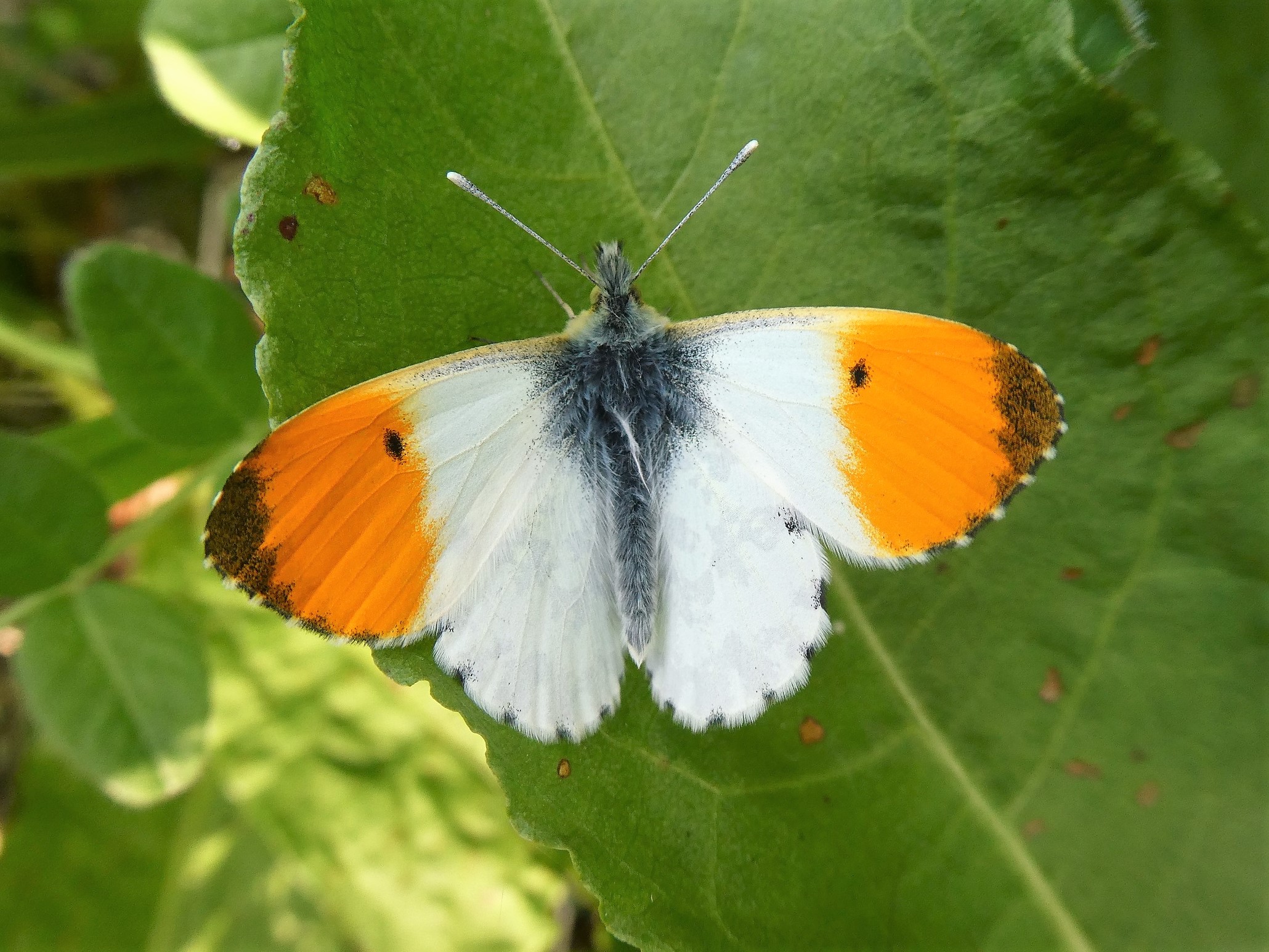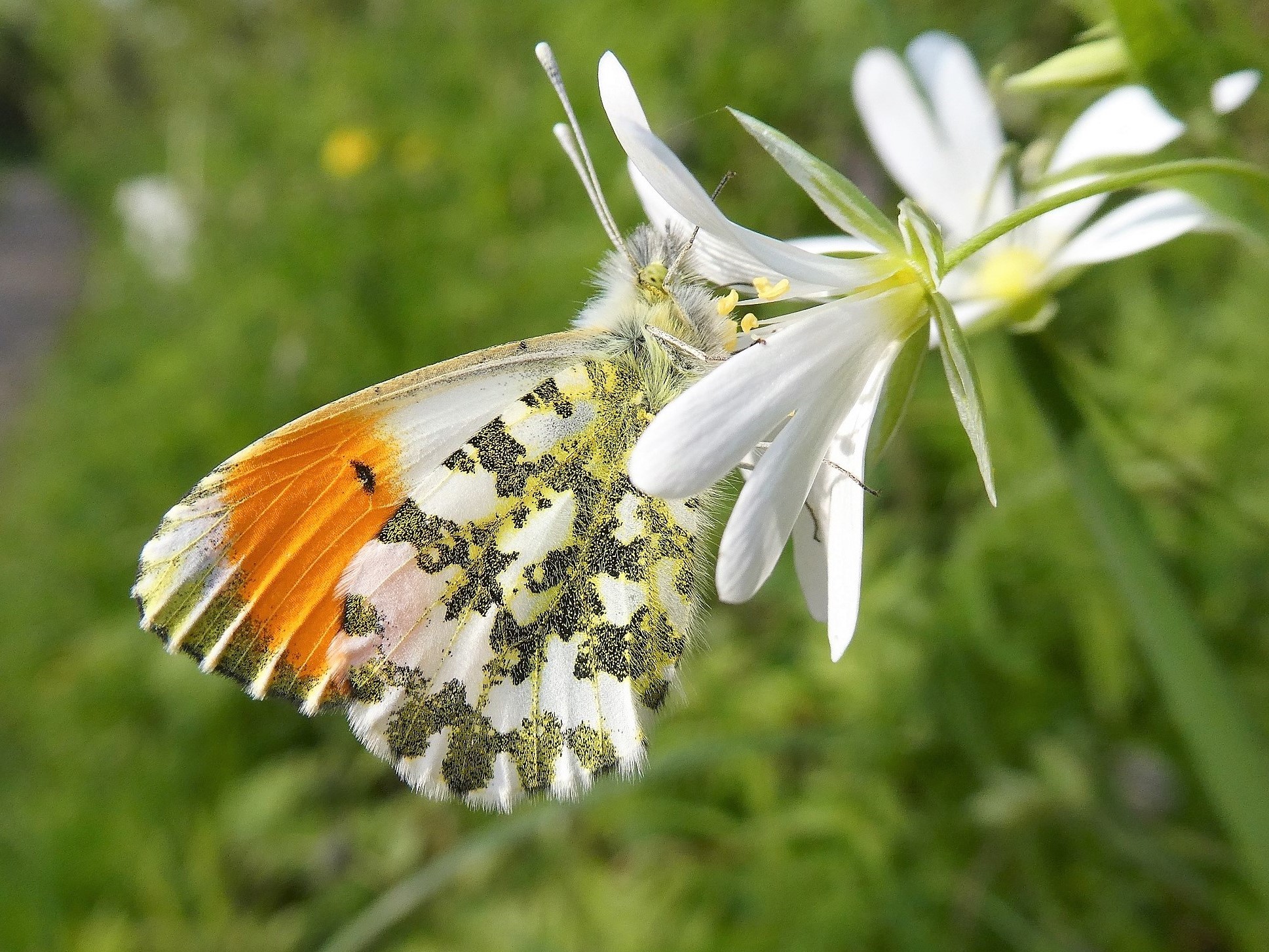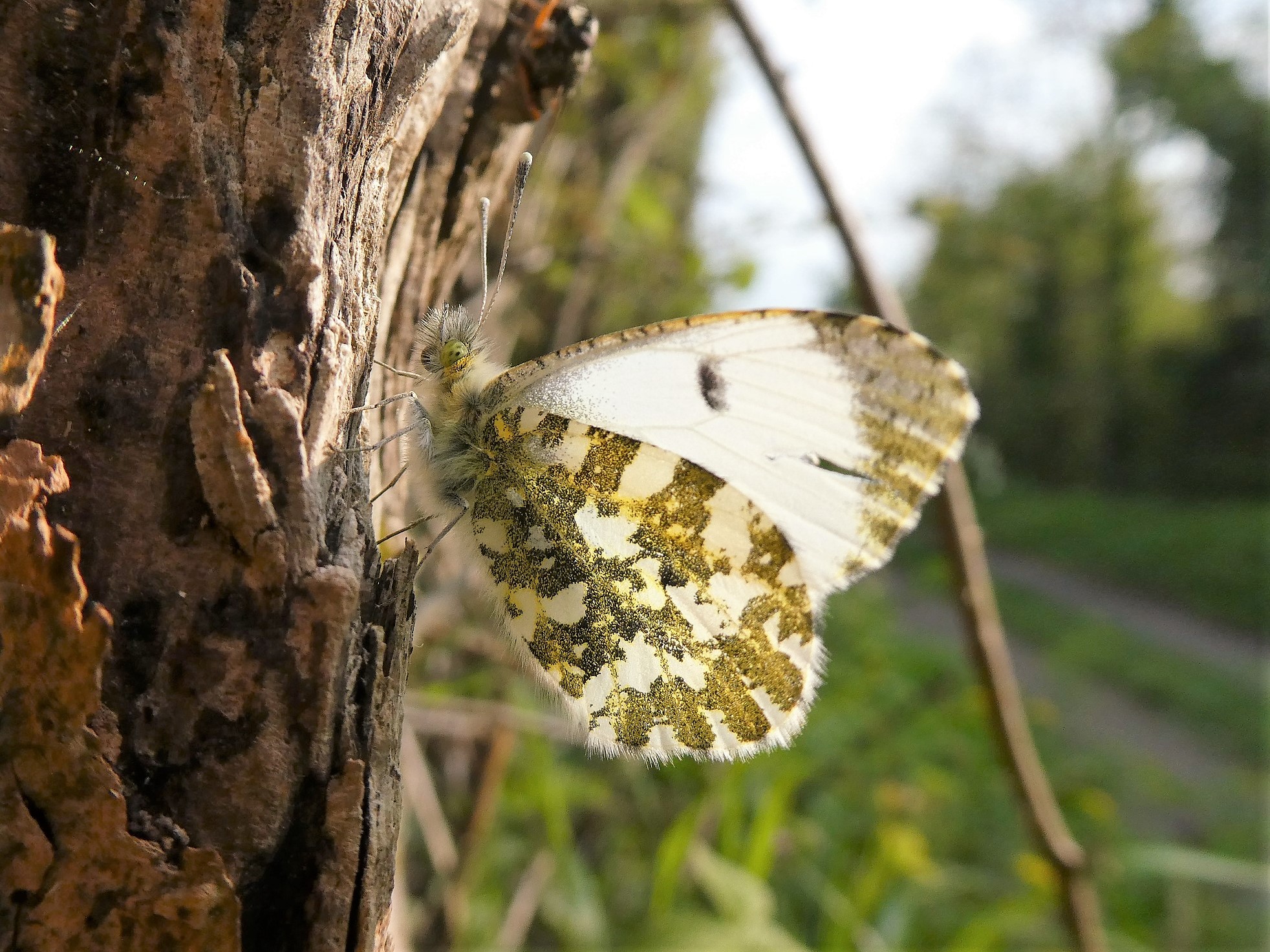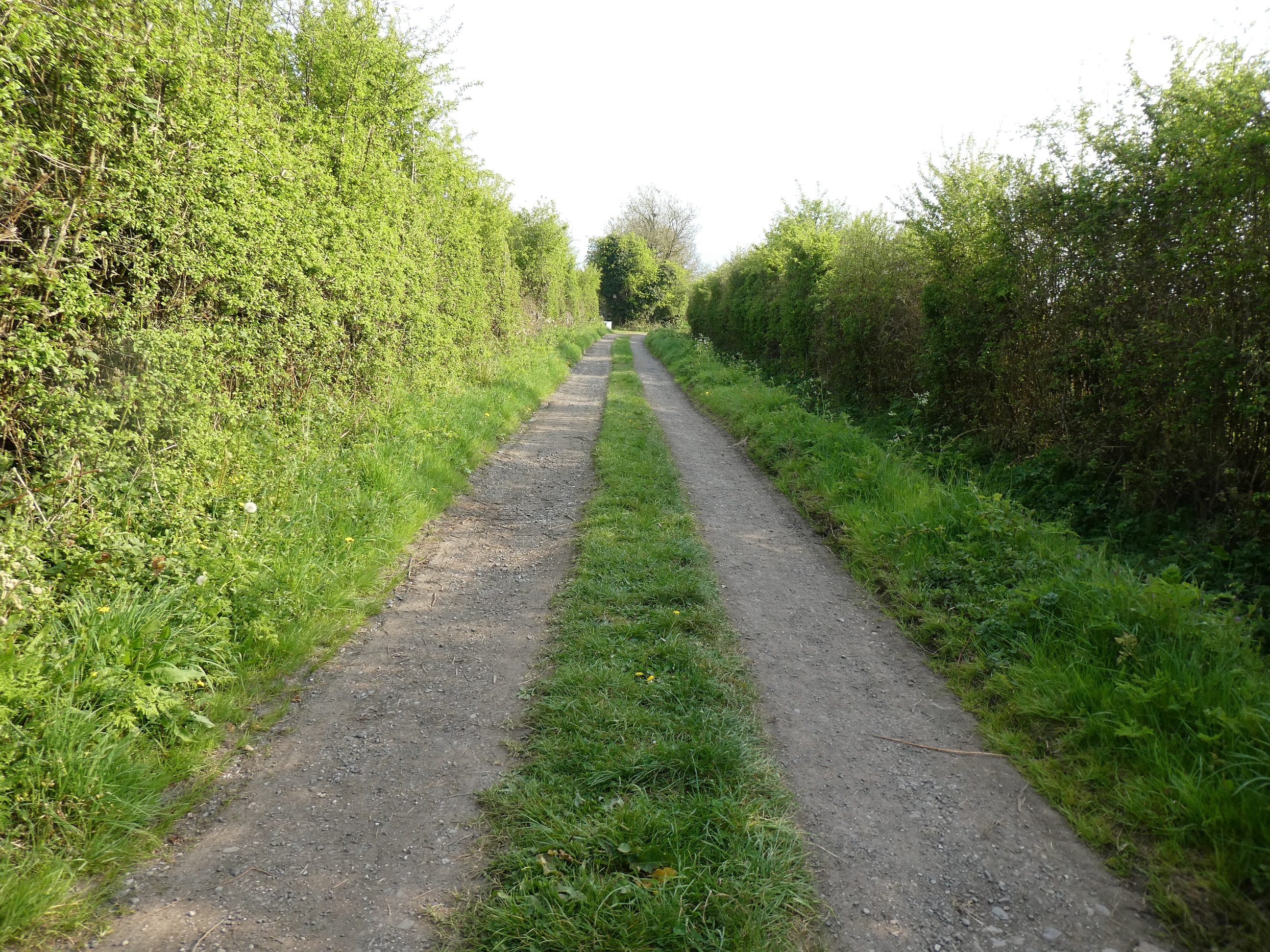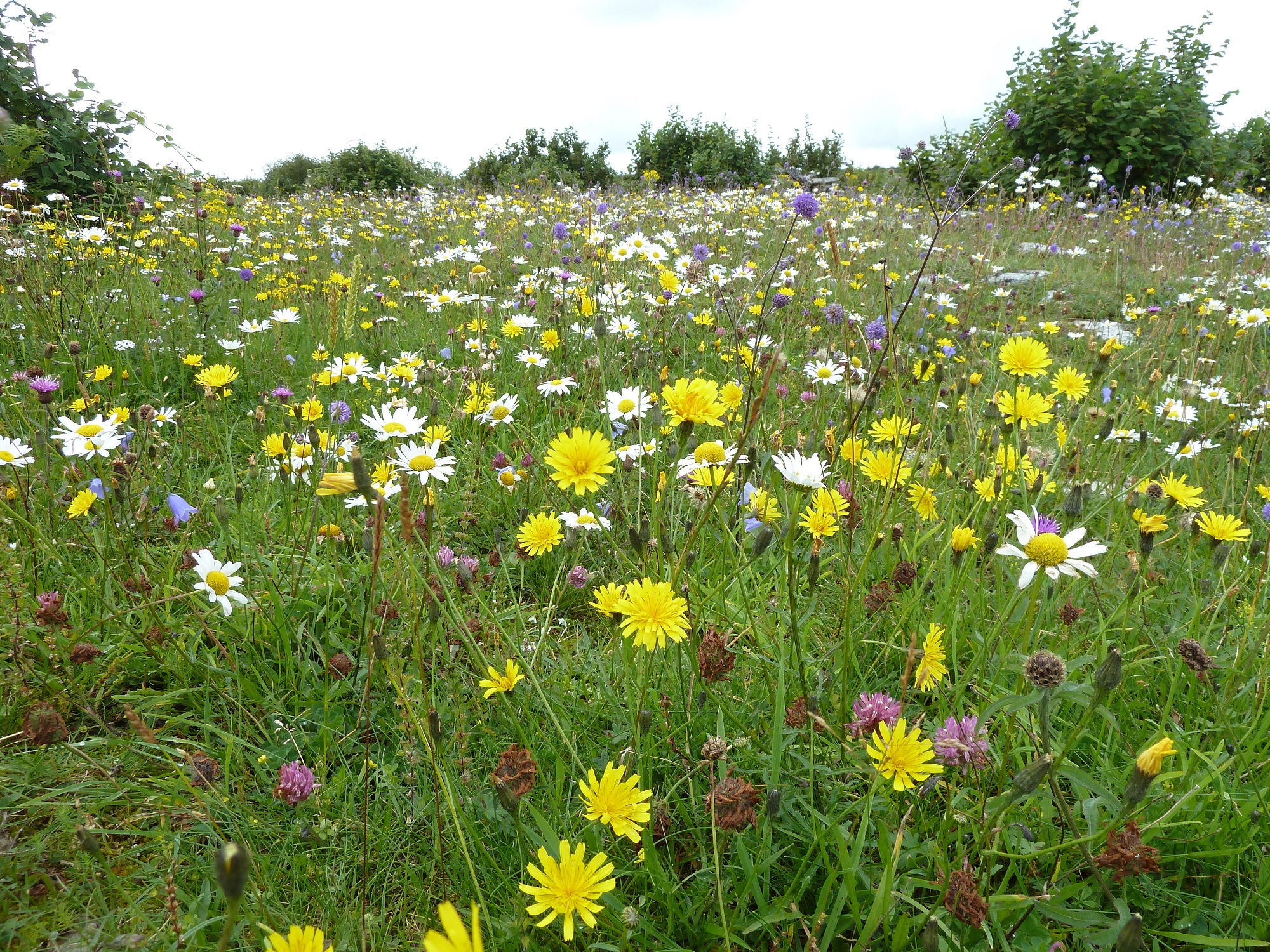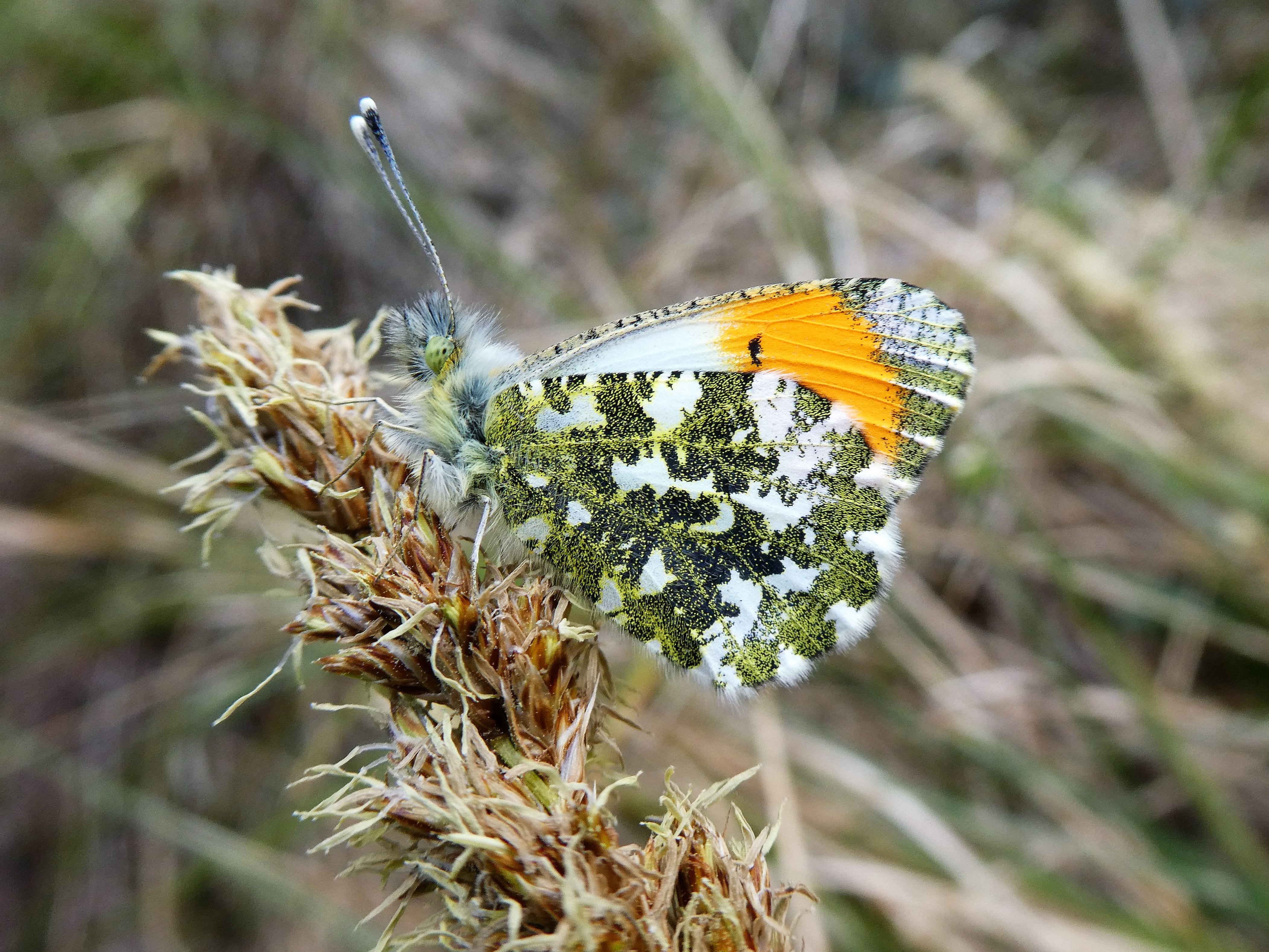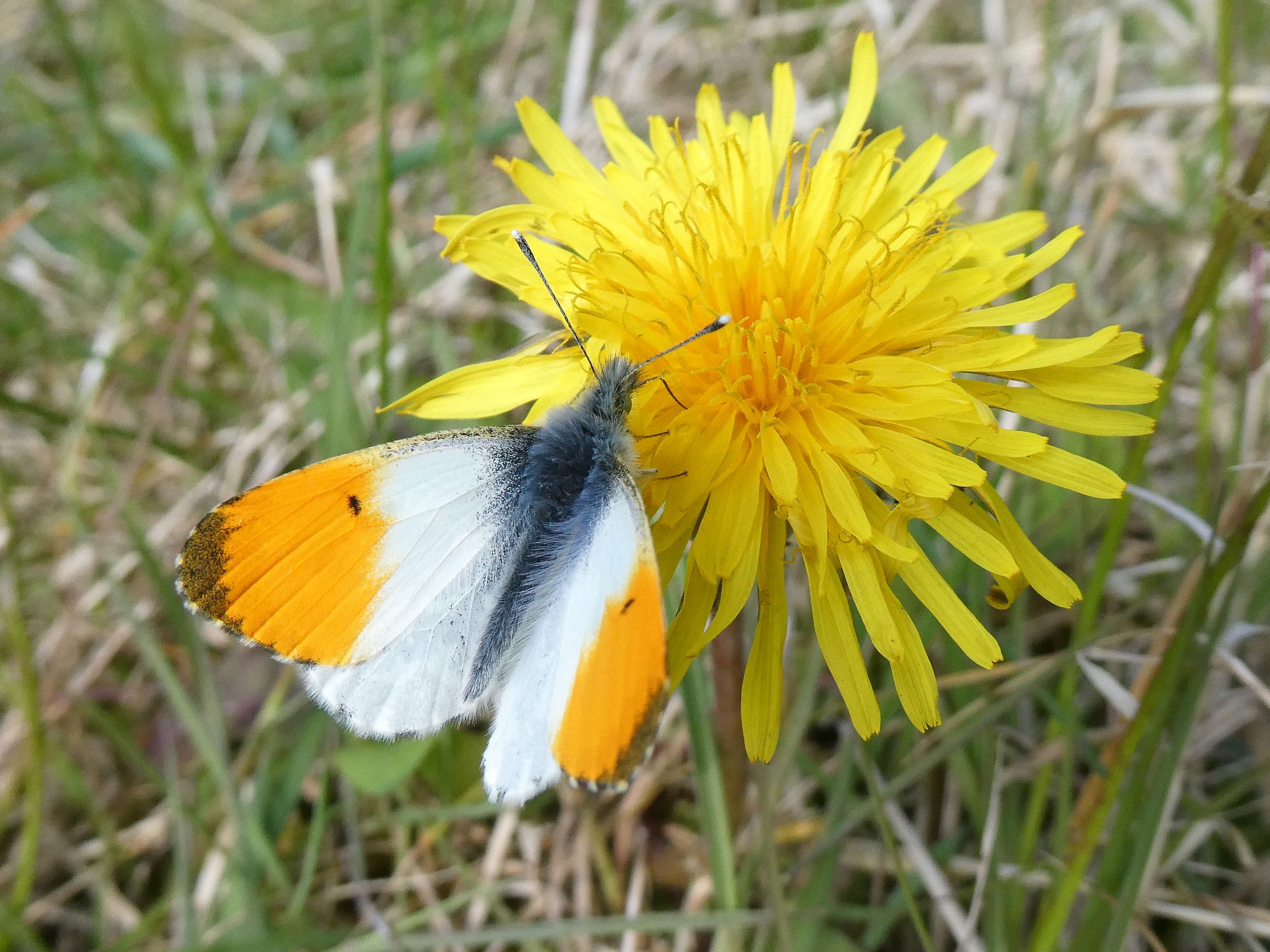Today, on June 4th 2020, we are 117 days out from the date of the General Election 2020. With the public health emergency and upset caused by COVID 19 such a lapse of time has not had the focus one would expect. At the time of writing, negotiations between representatives of Fianna Fáil, Fine Gael and the Green Party continue. There are so many biodiversity challenges that face our nation but the most pressing is the terrible destruction of our bogs.
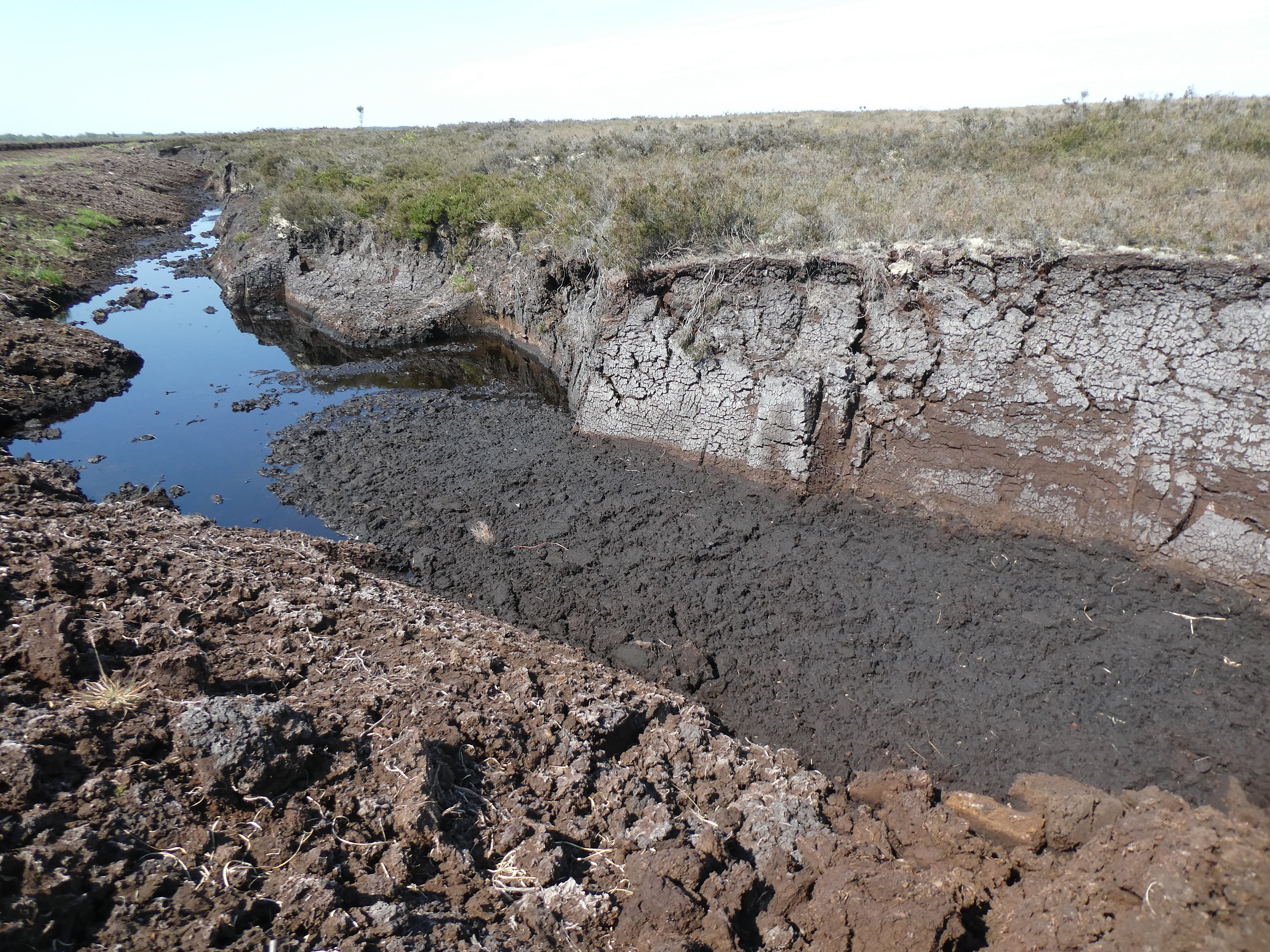
It is a deeply lovely sunny day in early June. The sun shines warmly from a powder blue sky, a south-easterly breeze brings a counterpoint to the heat while the fragrances of spring and early summer provide a giddy optimism to any lover of the outdoors. A Cuckoo call echoes from a distant leafy place, skylark music celebrates the season, Meadow Pipits pipe their limited but evocatively wild note.
The bog is soft but dry because it hasn’t rained for a while. It isn’t in bloom yet but this does not worry the numerous Green Hairstreaks, their emerald tinsel gleam shimmering kaleidoscopic greens as the perched butterfly adjusts its position in the sunlight. A battle of the bog erupts between two males-a ferocious punch-up where neither quits. While the boys kick the guts out of each other for the right to perch on a slightly taller sprig of heather, a mated female quietly seeks a tender shoot of Cross-leaved Heath where she will lay a single egg. Single living is important because the caterpillar is reputed to eat its siblings.
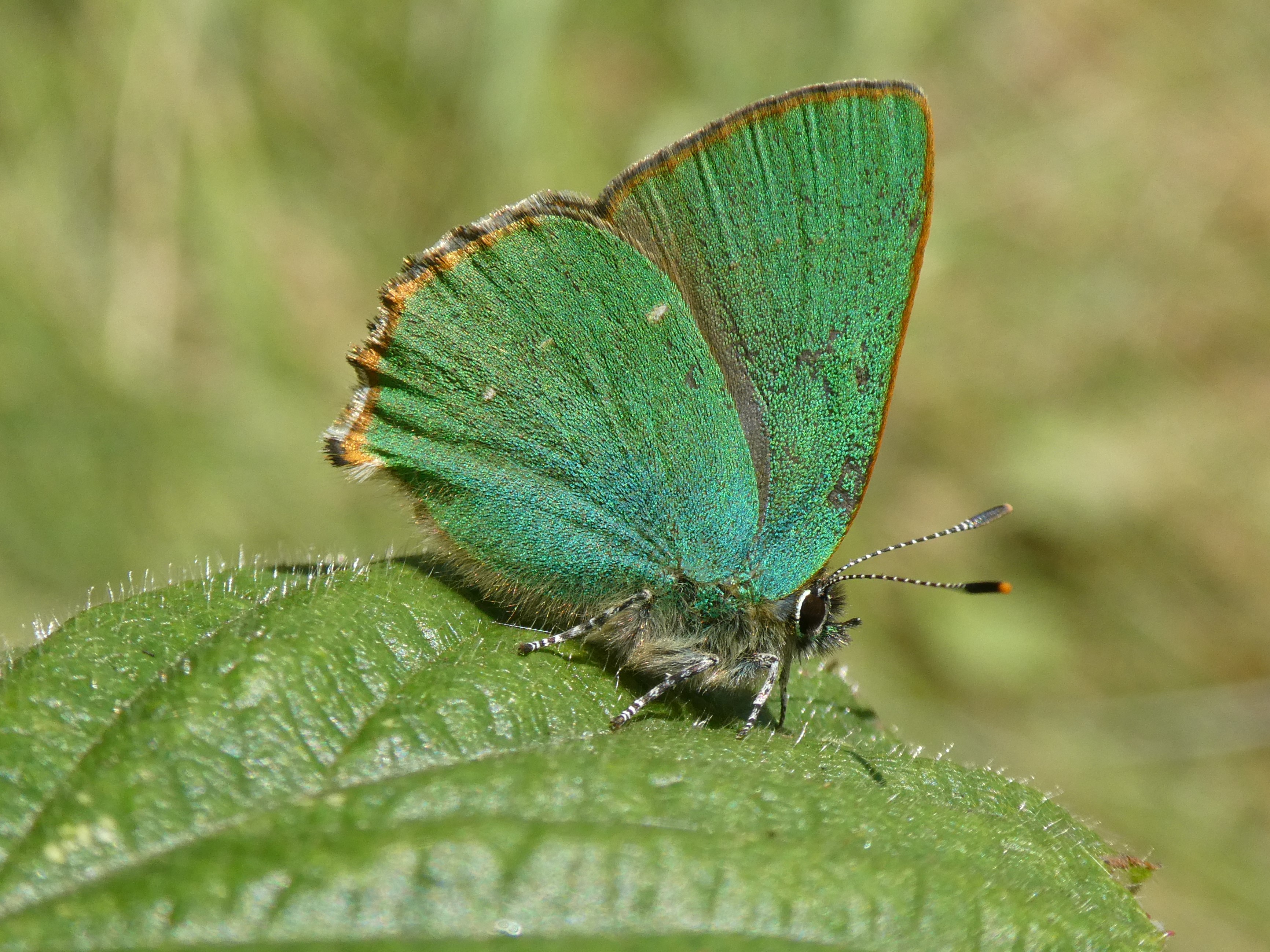
Fluttering low over the frazzled ground a Large Heath pauses at a pink flower to sip nectar. He can’t stay long. Sharp-eyed Meadow Pipits and Stonechats are keen to feed their hungry broods. He bobs along, his flight powered by sharp flicks of his tawny wings, moving over flat ground that can look remarkably uniform to a human eye. Except it isn’t. The Common Heather is the forest canopy, the Cross-leaved heath the understorey, the Bog Rosemary with its pendulous delicate pink blooms and the golden Bog Asphodel the ground flora. Sphagnum moss forms raised hummocks and sunken lawns. Pools are patrolled by sinister-looking dragonflies skirmishing, their metallic hues gleaming like newly commissioned fighter aircraft.
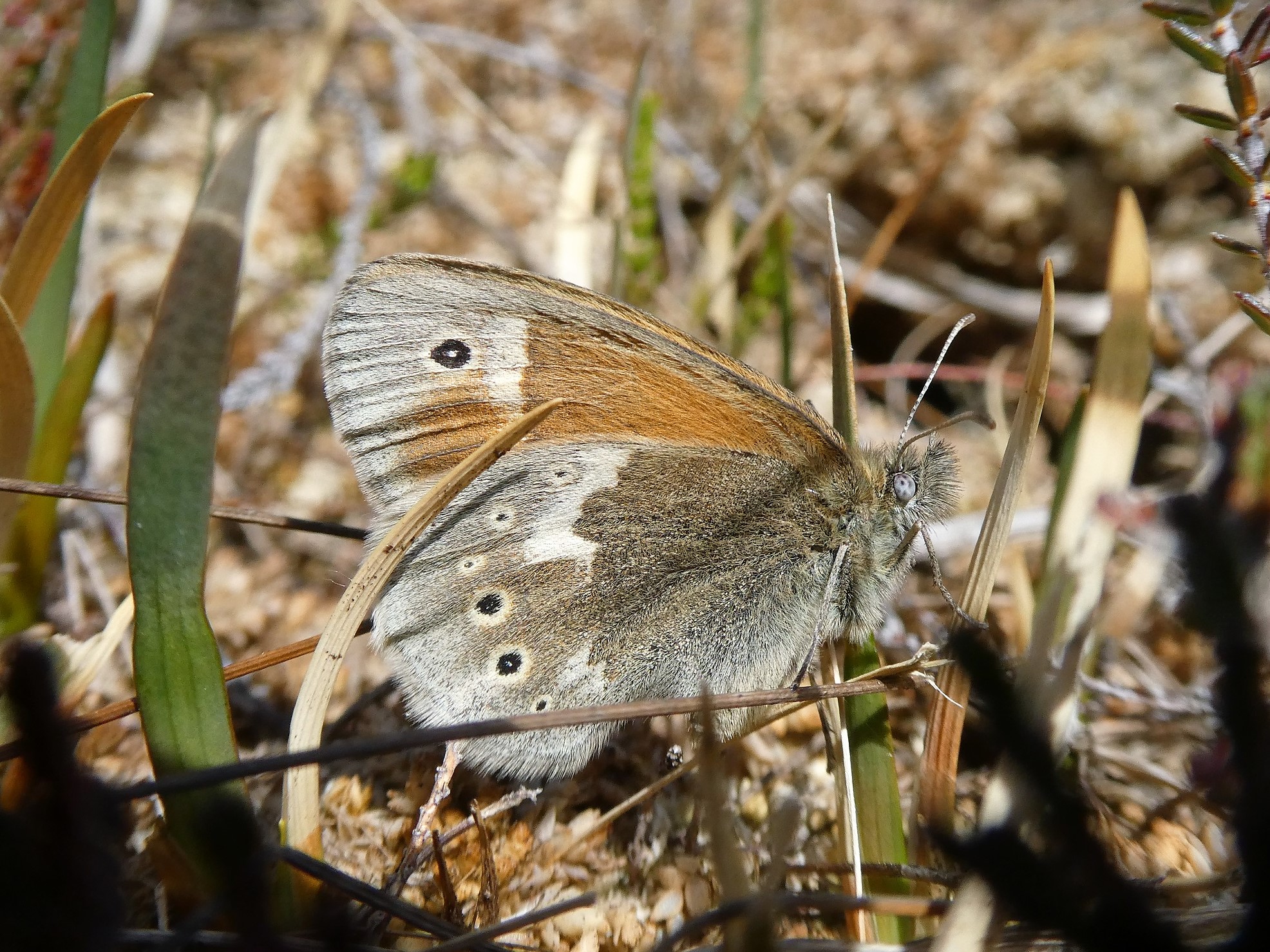
You are in another world when standing on a bog. The air feels different. Your views of the limitless horizon impart a sense of vastness, freedom and understanding. The delicate, emotive and eternally hopeful theme of Craig Armstrong’s Green Light, with the hankering over lost beauty, plays in my head.
But there are other sounds here. A bulldozer’s bucket slices through the soft butter-like turf, the lifeblood water spilling from the bog which soon dries and cracks, its softness evaporating to craggy aridity. Monster machines spew clouds of peat dust rising from a brown desert, a ruined paradise, a paradise lost. Peat bricks lie scattered across this bare ruined ground, a scene from a bombed city. Soon there will be nothing left. No bog, no Large Heath, no Green Hairstreak, no Curlew, no Red Grouse. Thousands of years of habitat lost.
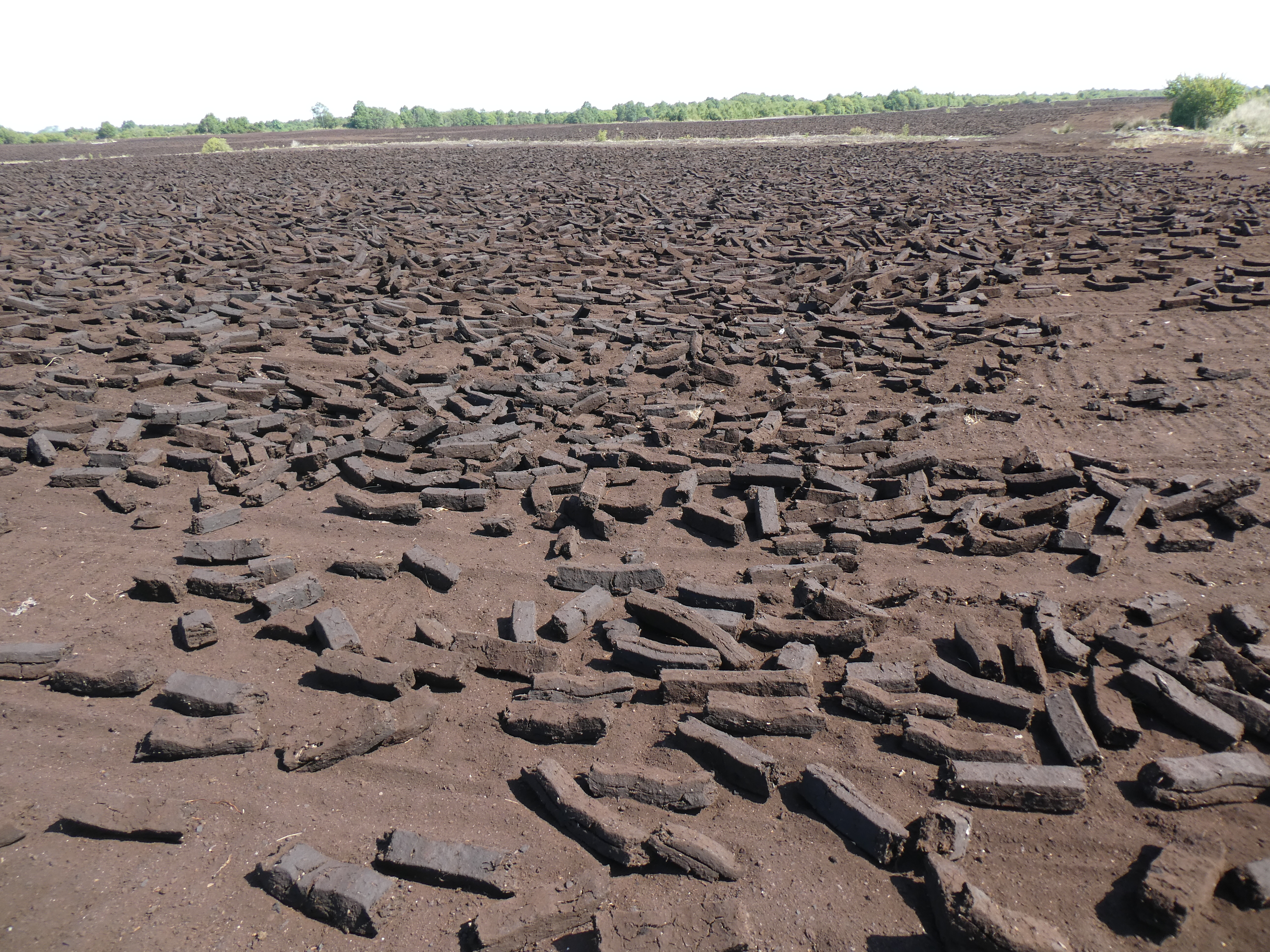
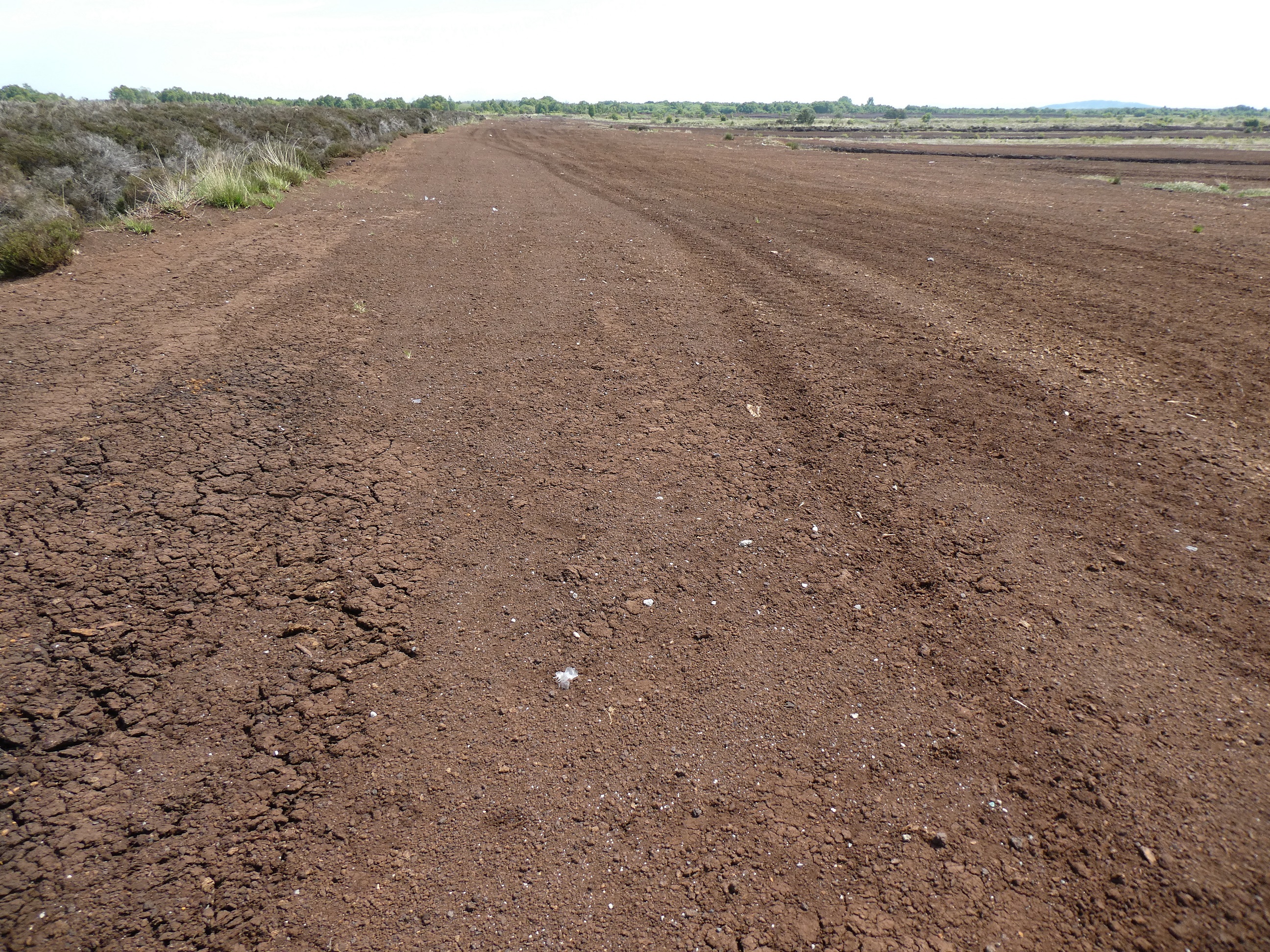
How are we as a society responding? The following promises are taken verbatim from the manifestos of the three parties negotiating a programme for government.
Fine Gael A Future to Look Forward to
We will prioritise the following actions in the Midlands, to ensure that we deliver a Just Transition for workers and the region:
• An €80 million Enhanced Peatland Restoration and Rehabilitation scheme to run over four years, which will restore thousands of hectares of Bord na Móna bogs to a high standard, so that they can store carbon, foster biodiversity and provide 200 jobs. This will be funded through the existing but repurposed electricity PSO levy, which will be subject to approval from the European Commission.
• An €11 million Just Transition Fund in 2020 targeted at the Midlands to fund retraining and reskilling workers and to assist local communities and businesses in the midlands in adjusting to the low carbon-transition
• A €5 million fund in 2020 for the National Parks and Wildlife Service (NPWS) to restore 1,800 hectares of non-Bord na Móna bogs in seven counties, creating 70 jobs in year one, rising to 100 as the programme develops
Our vision is that the Midlands should become a leader in other areas of the green economy, such as retro-fitting. Also, bog rehabilitation and tourism will ensure that our bogs continue to be a source of employment. To this end, we will progress the idea of a new national peatlands park and centre in the Midlands, in order to exhibit the environmental and social impact of bogs on Ireland’s natural and built heritage and to showcase the story of our bogs to the world.
Restoration of our bogs A major restoration effort has been underway on our raised bogs since 2011. We will continue to invest in peatlands restoration, rewetting and restoring native peatlands. This will include funding to community groups to develop projects that promote our peatlands. For further details, please see the ‘Protecting our environment’ chapter.
Fianna Fáil An Ireland for All
A single reference to “peatland restoration” on page 105 of the manifesto.
Green Party Towards 2020 A Decade of Change
There is no single answer to preventing flooding. Rather we propose a combination of solutions: using local knowledge of past flooding and water movements, restoring floodplains, using existing bogs as soakage areas as well as replanting some of them, planting native woodland in appropriate areas, and water management.
End denudation of our upland and blanket bogs and introduce a nationwide scheme to rewet and restore all of our raised and blanket bogs. This will help in flood prevention and biodiversity restoration and is also one of our most effective climate mitigation measures.
Butterfly Conservation Ireland has written to the negotiating teams of the three parties calling on them to conserve our bogs. The three manifestos differ in detail but all agree on peatland restoration.
Butterfly Conservation Ireland wants all peatlands to be protected from all damage. We want all peatlands that have been damaged to be restored. The government can find money when it wants to. It can find the money for our bogs. The benefits of bog restoration for biodiversity, education, recreation, tourism, air quality, carbon emission reduction, flood control, insurance costs and pollution reduction are enormous. Peat cutting is anti-social. It is time to stop.
